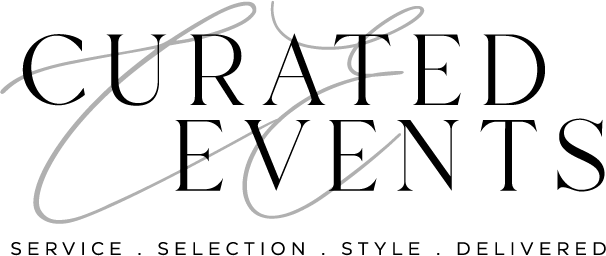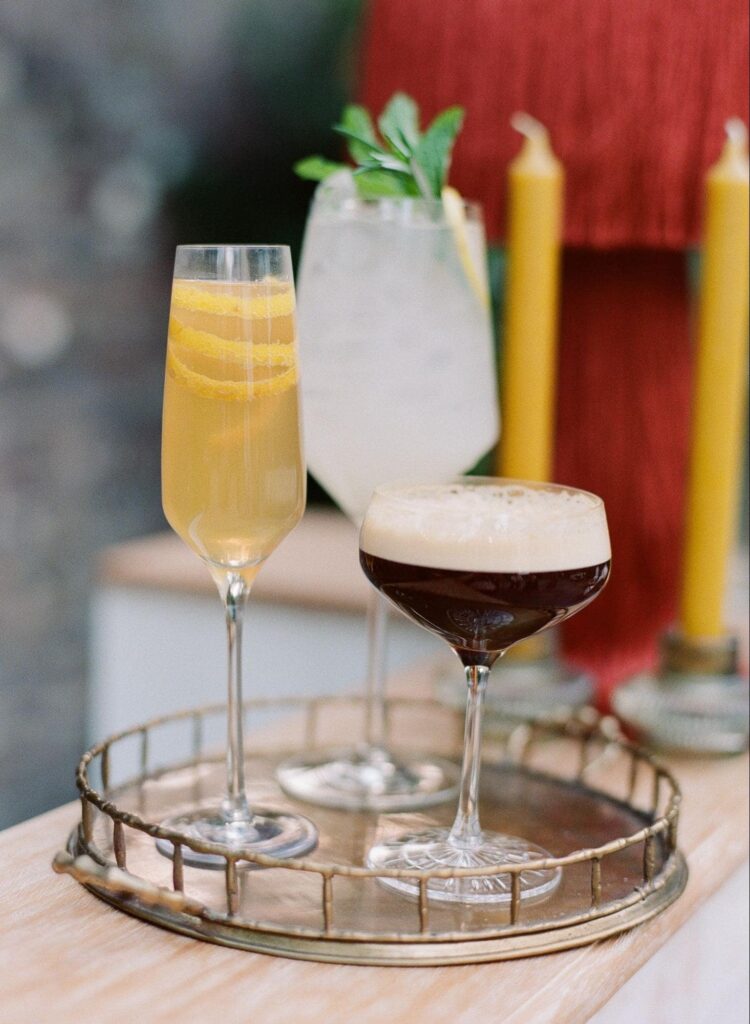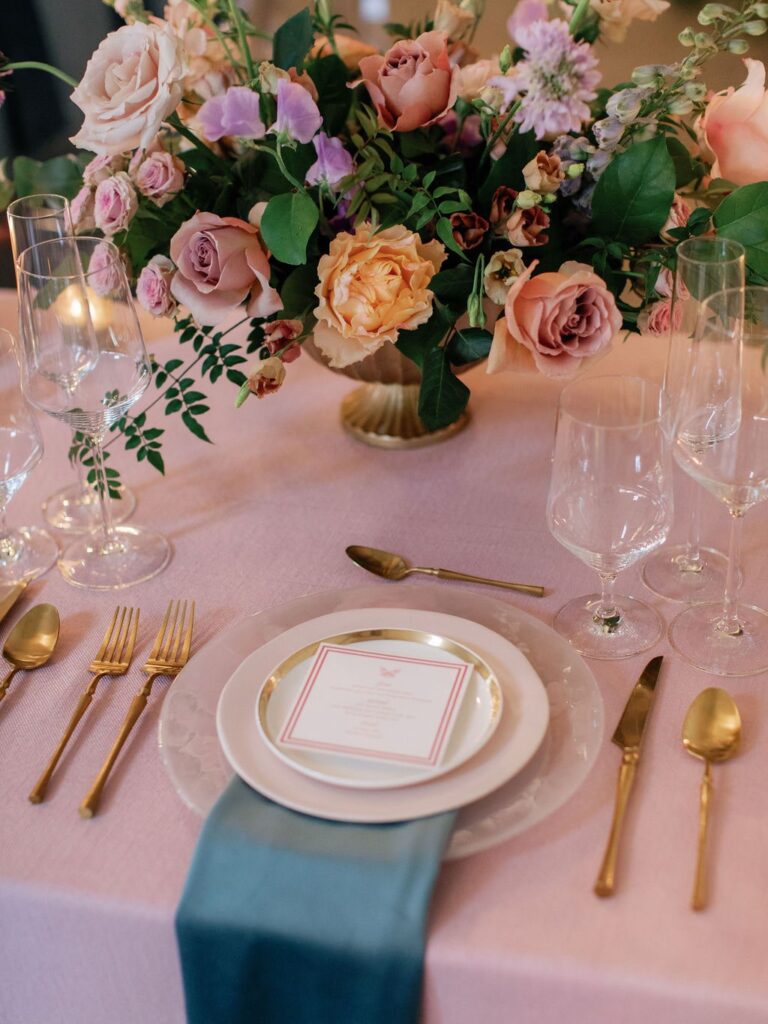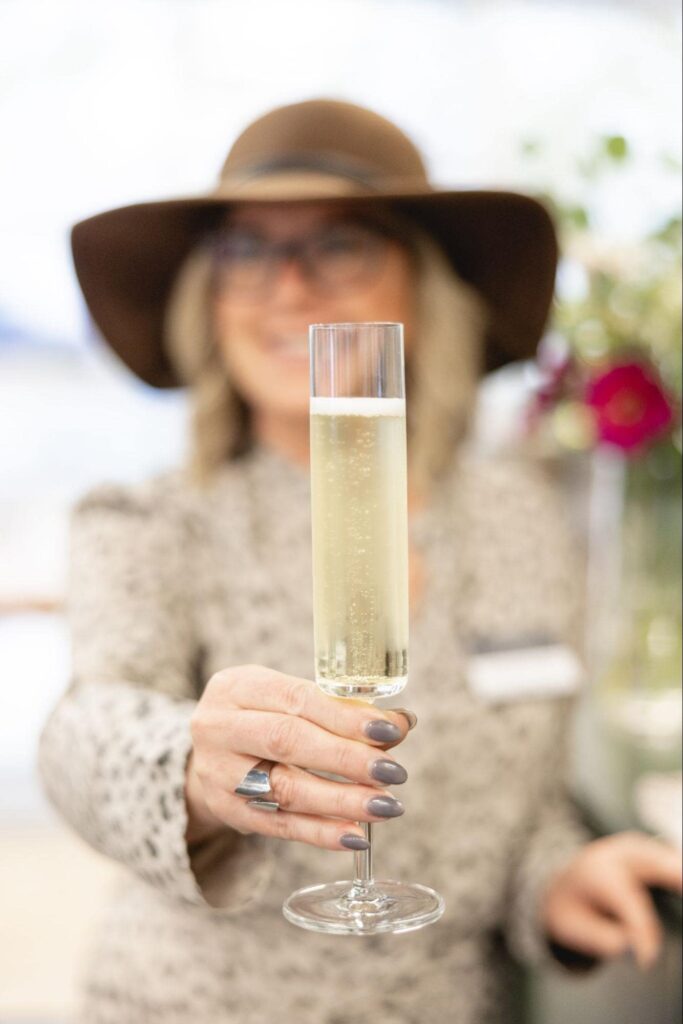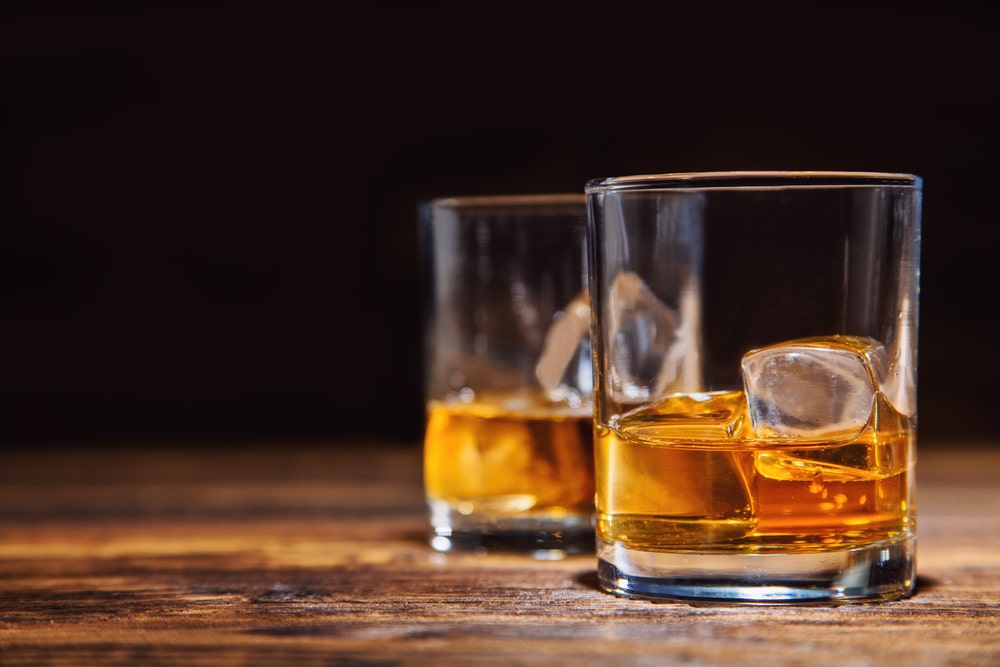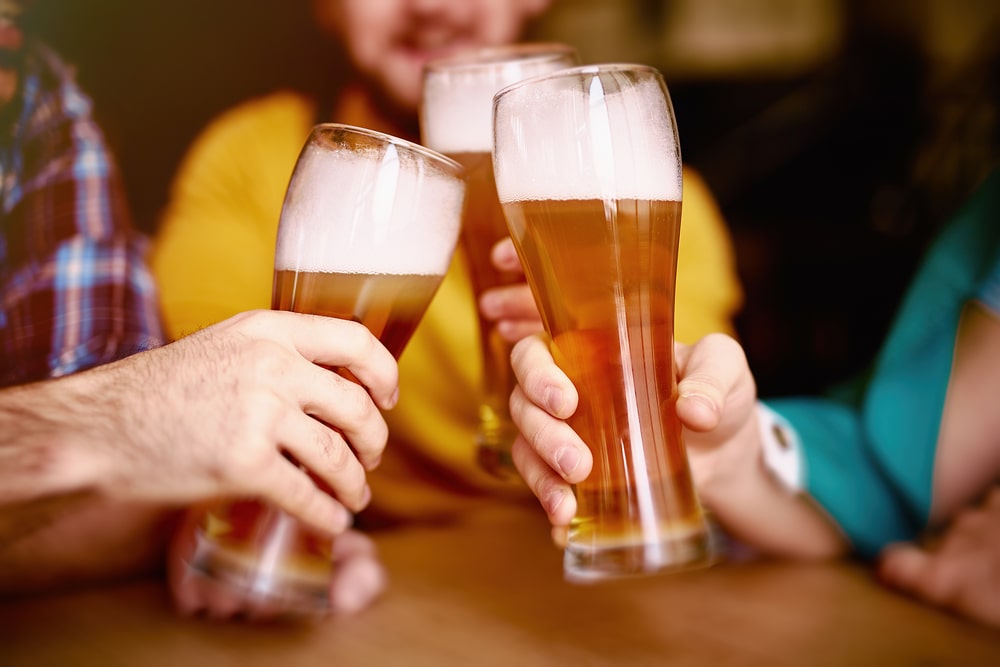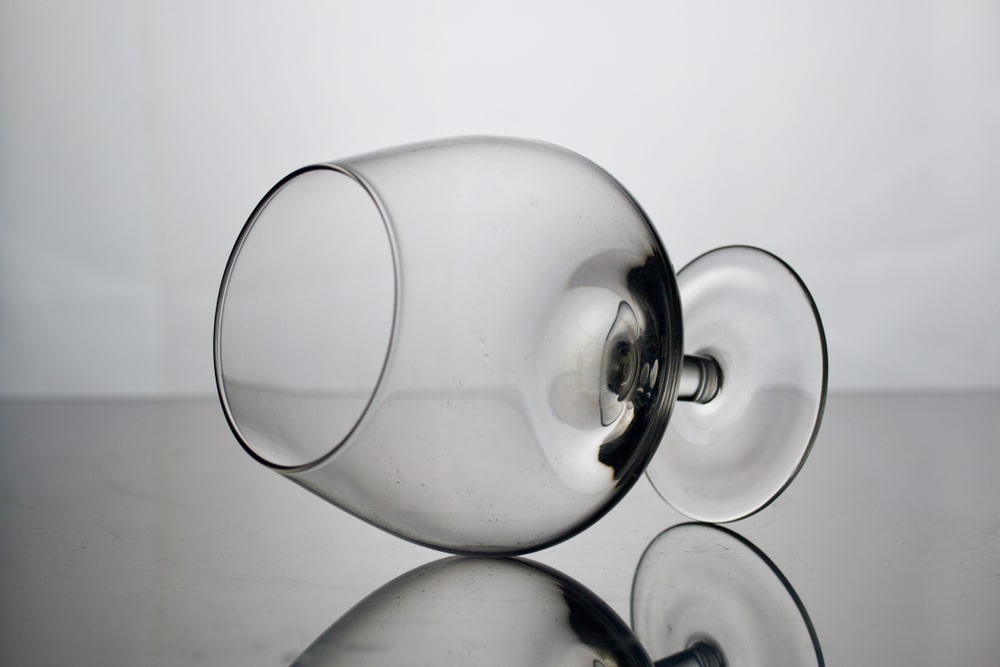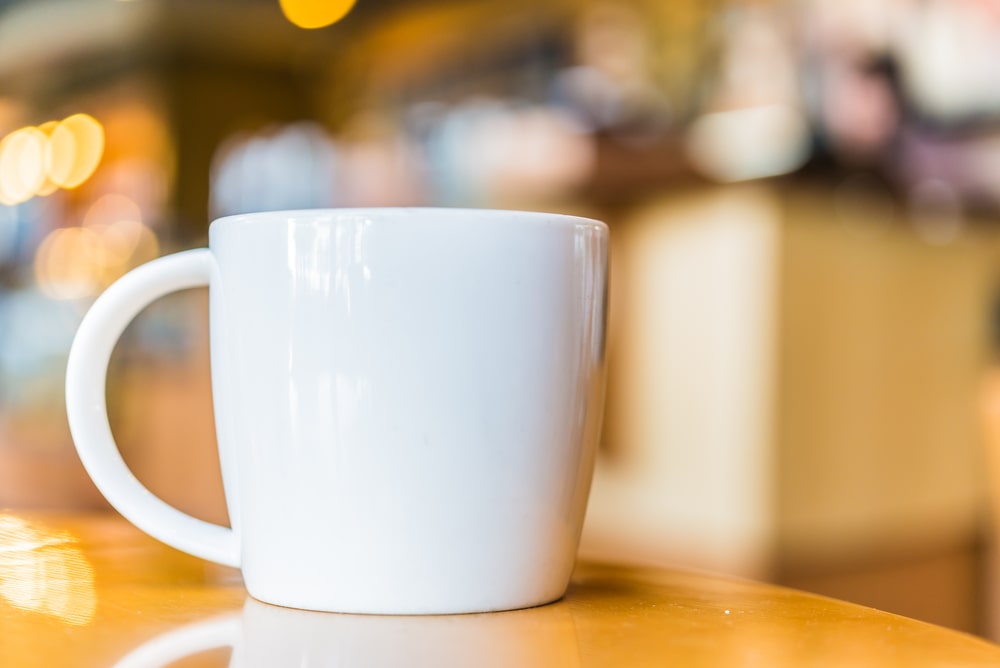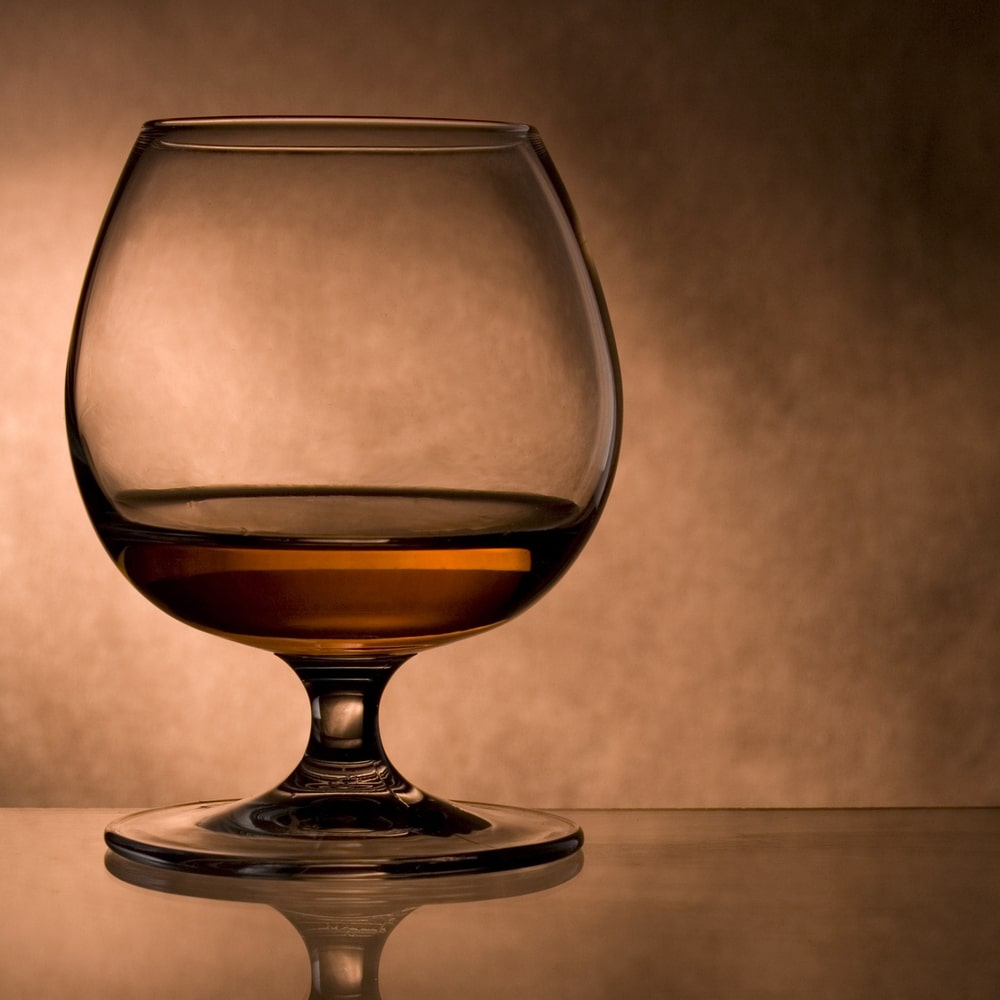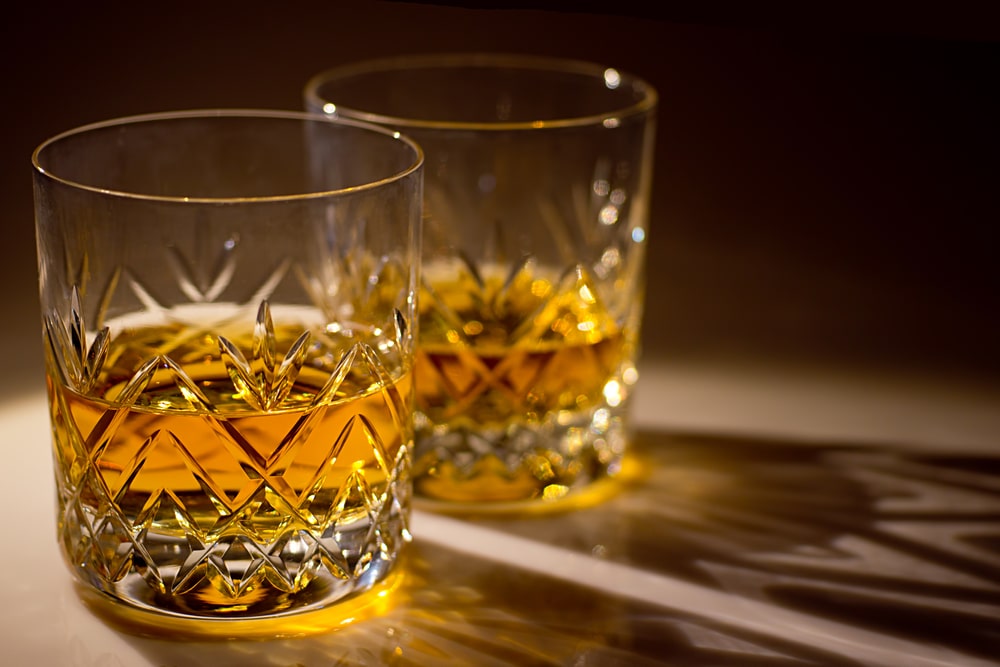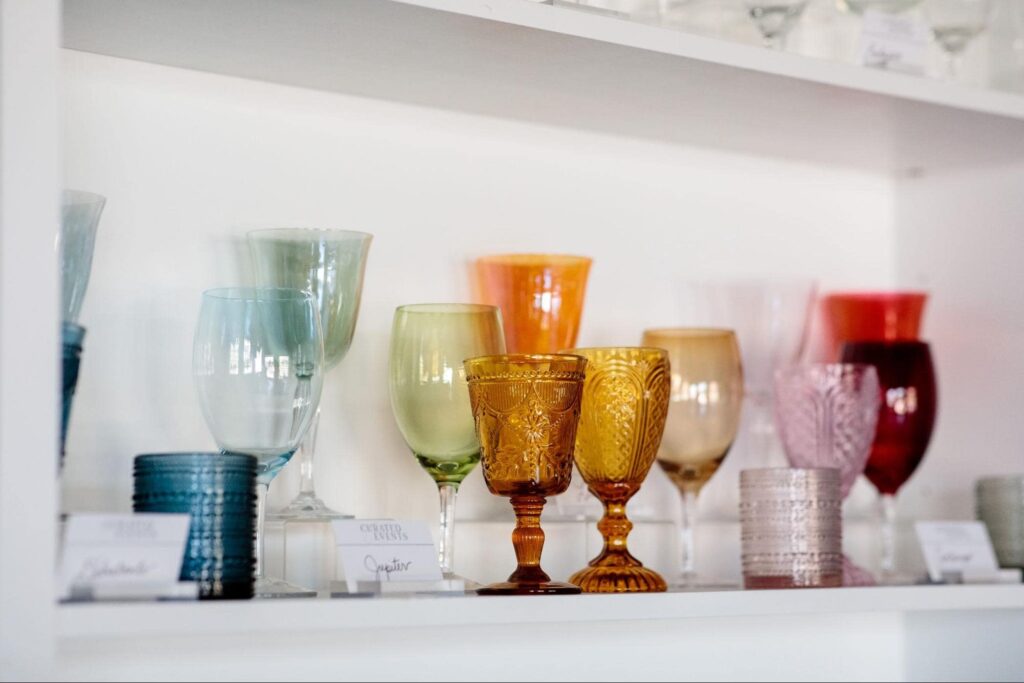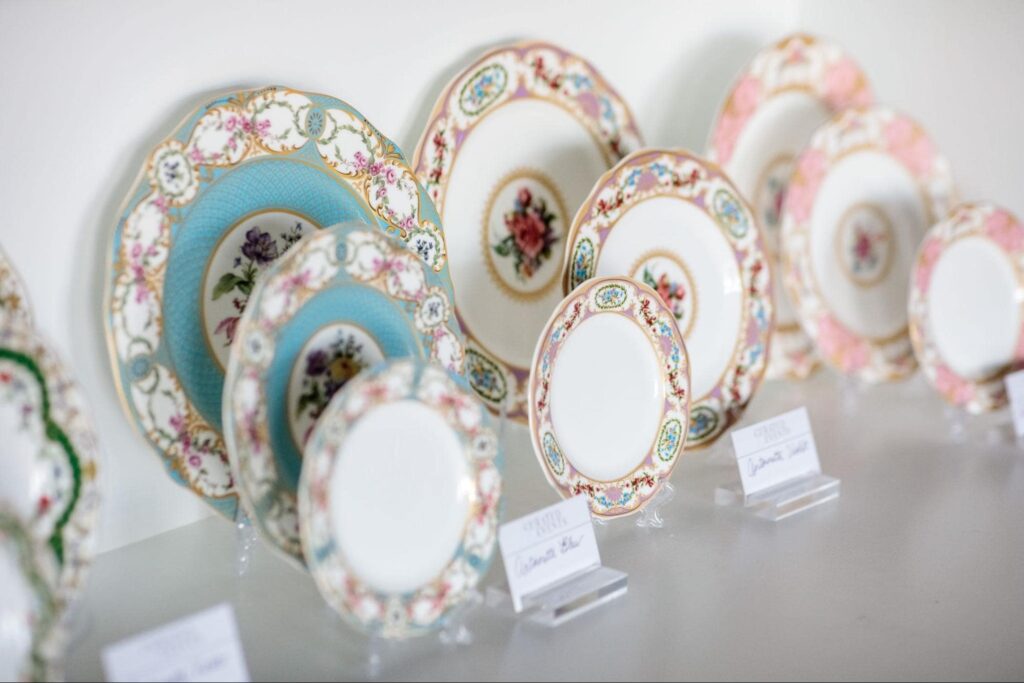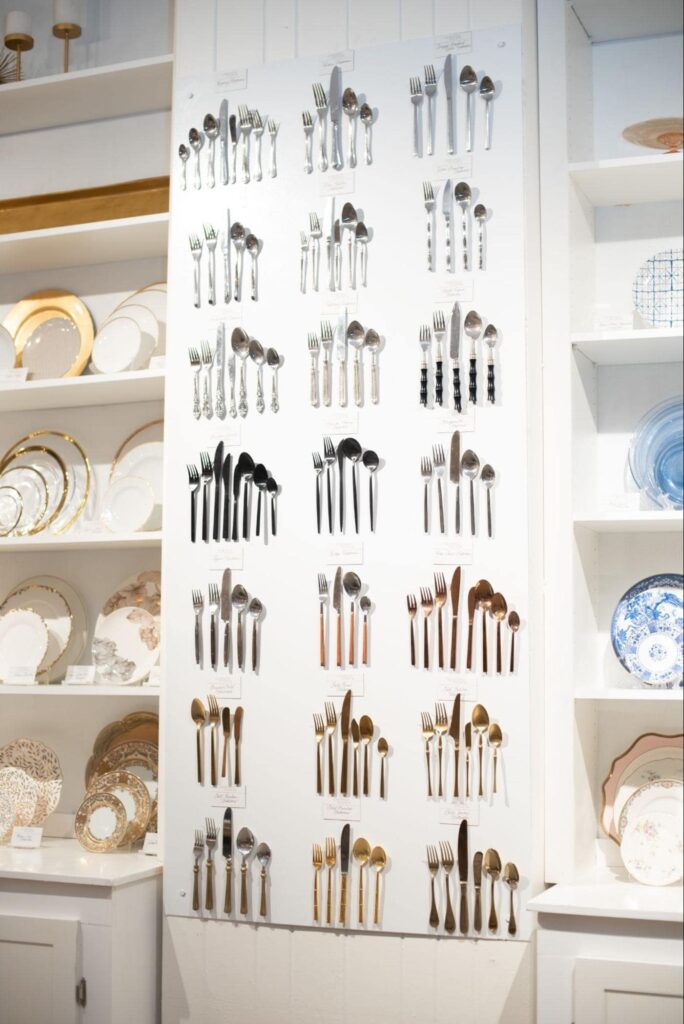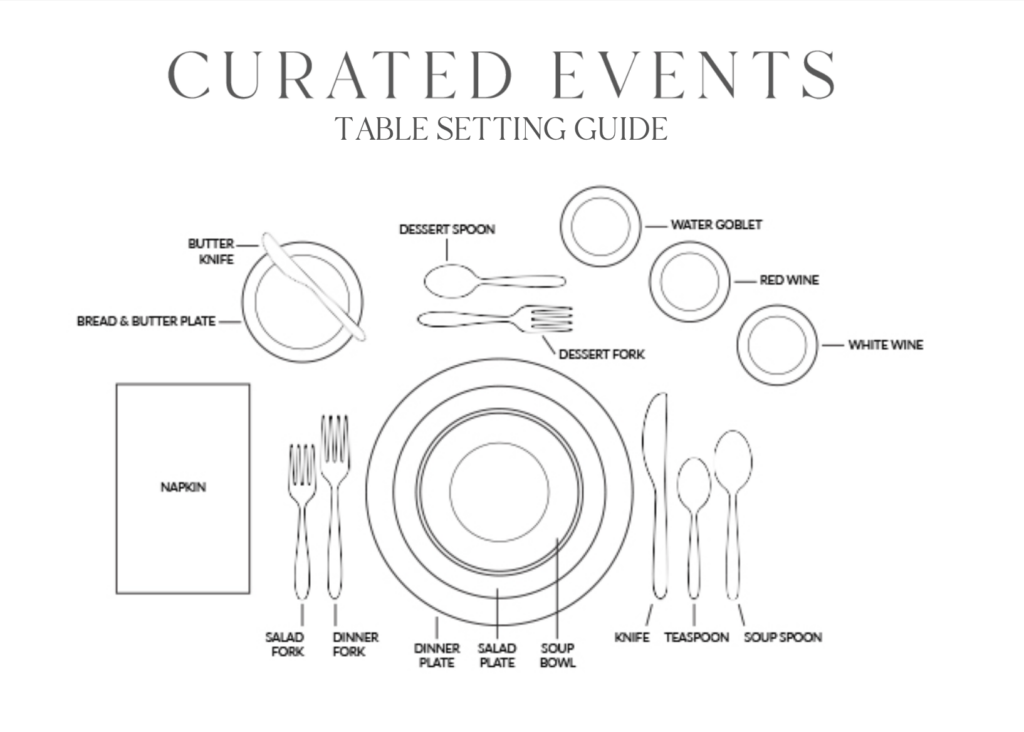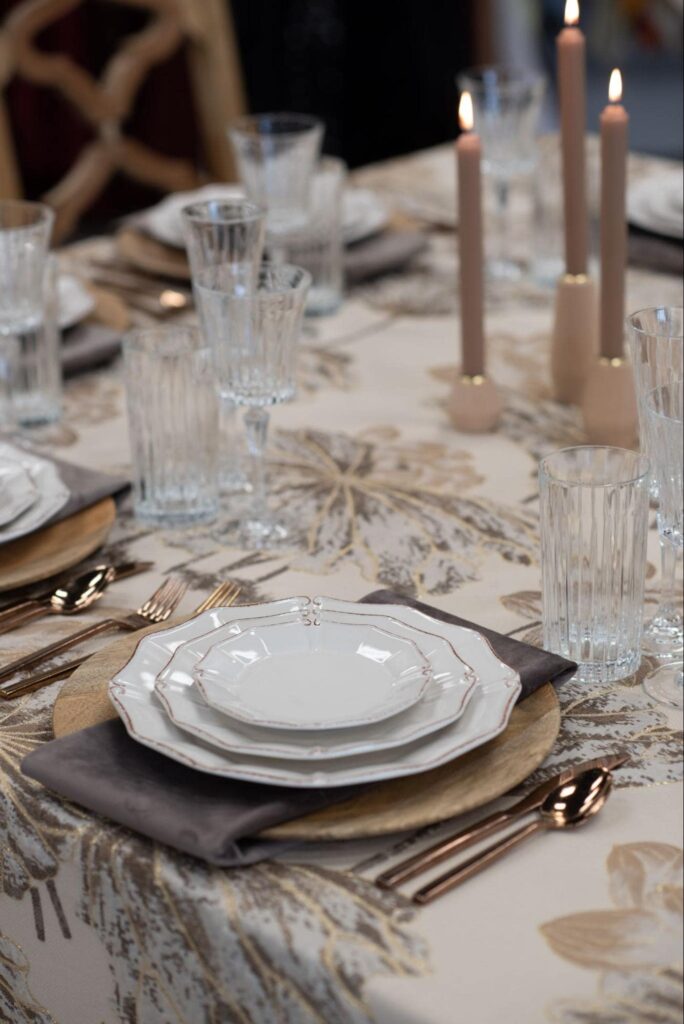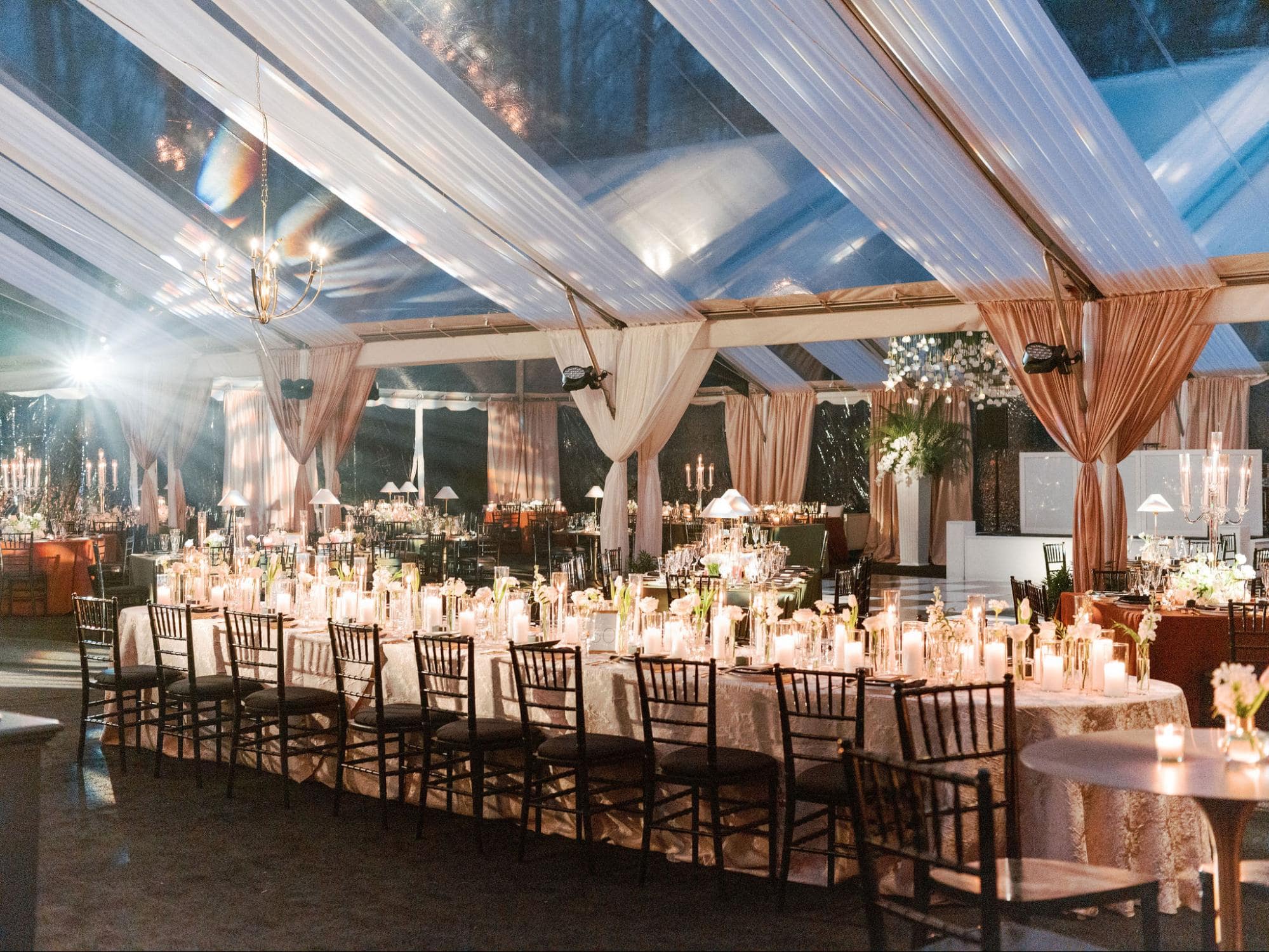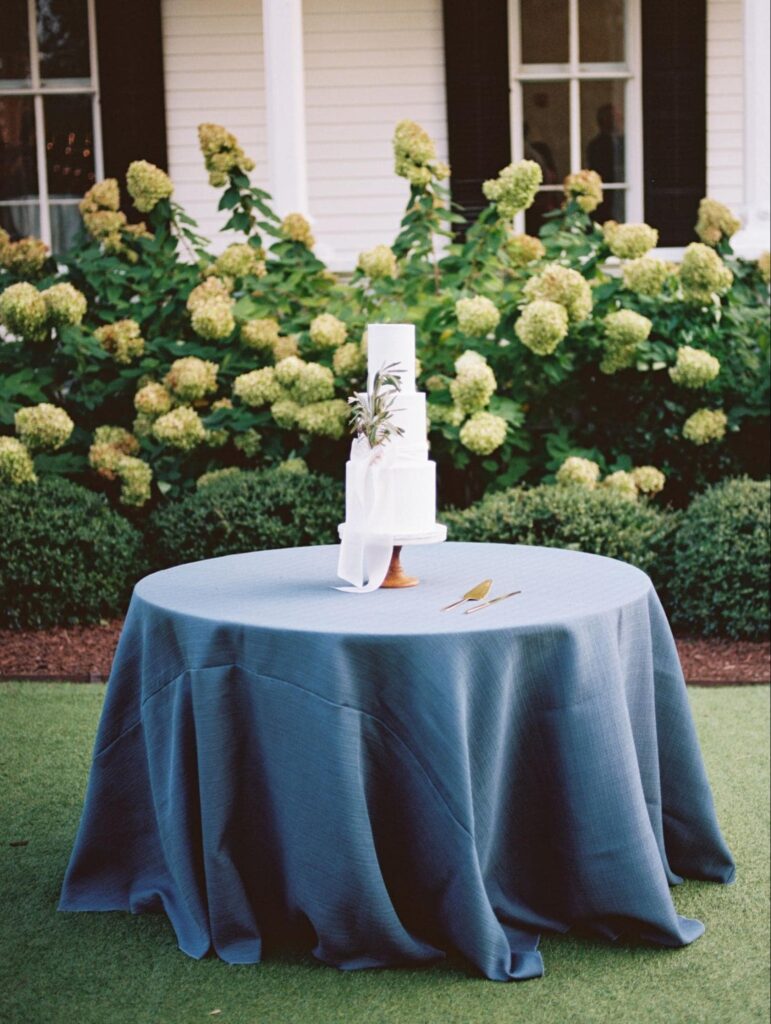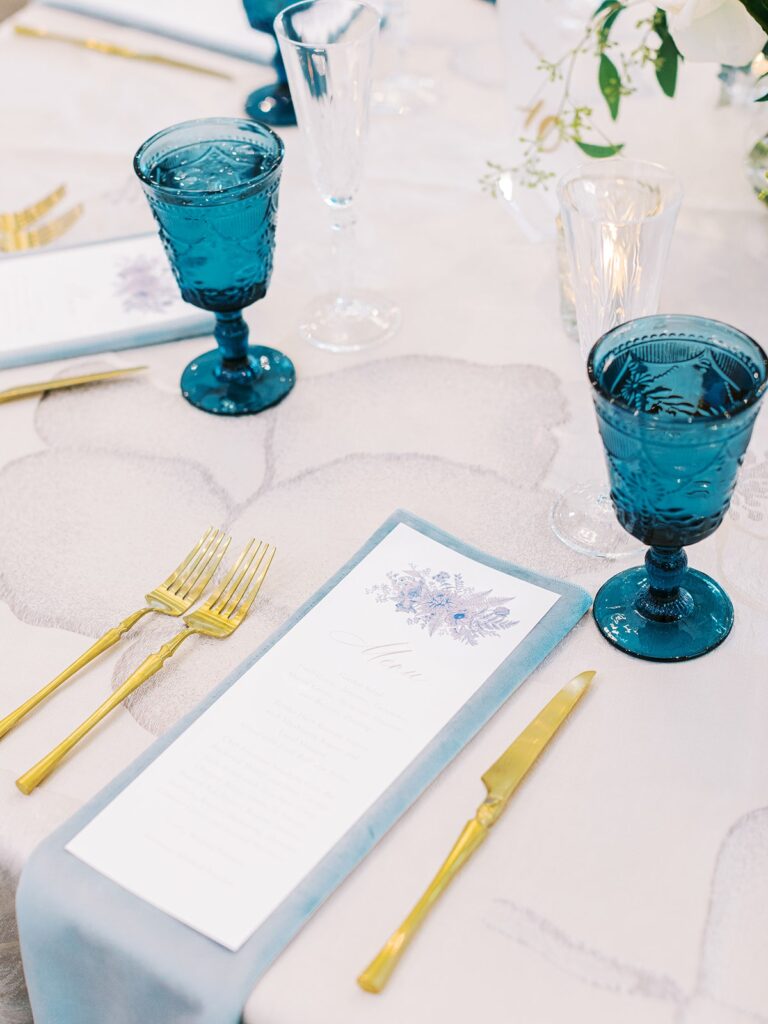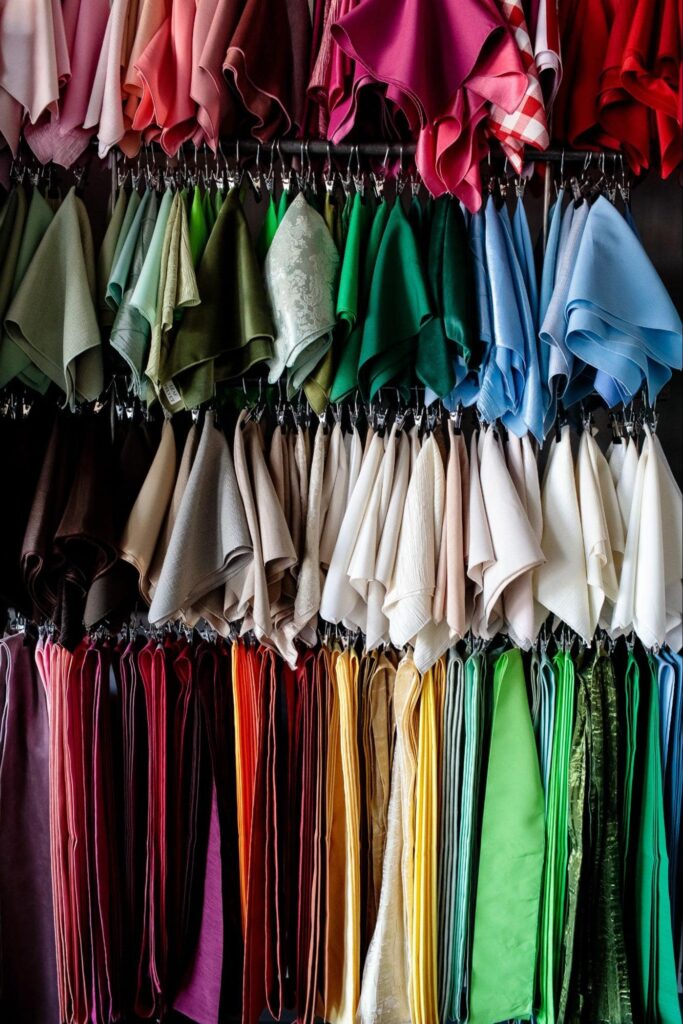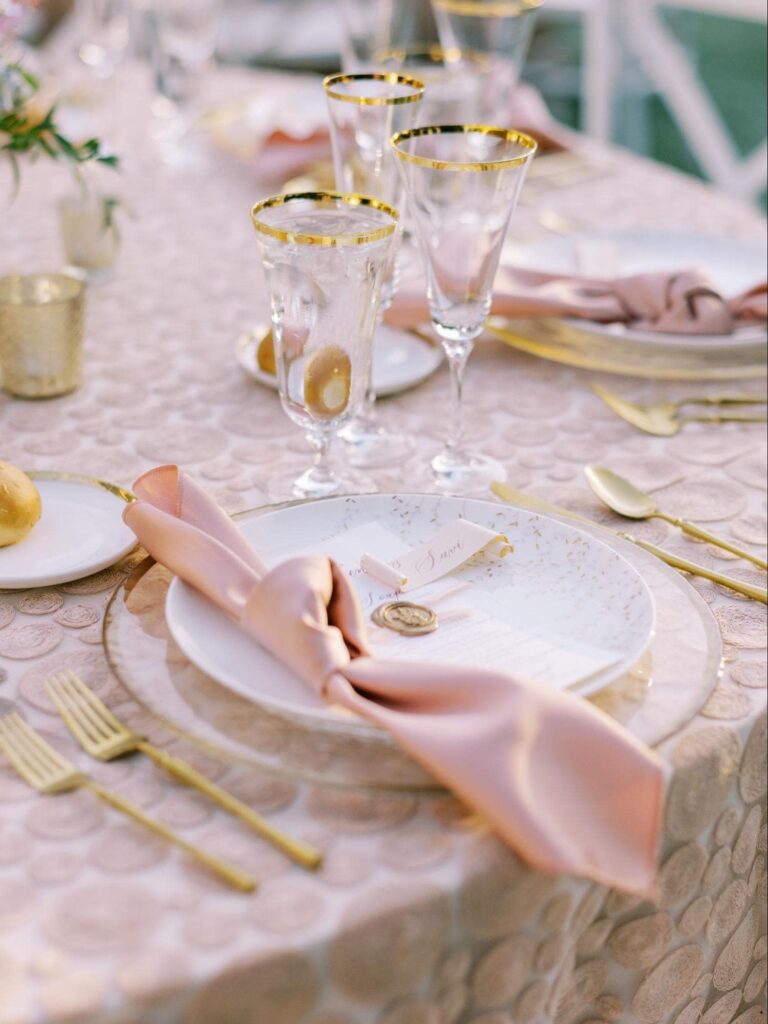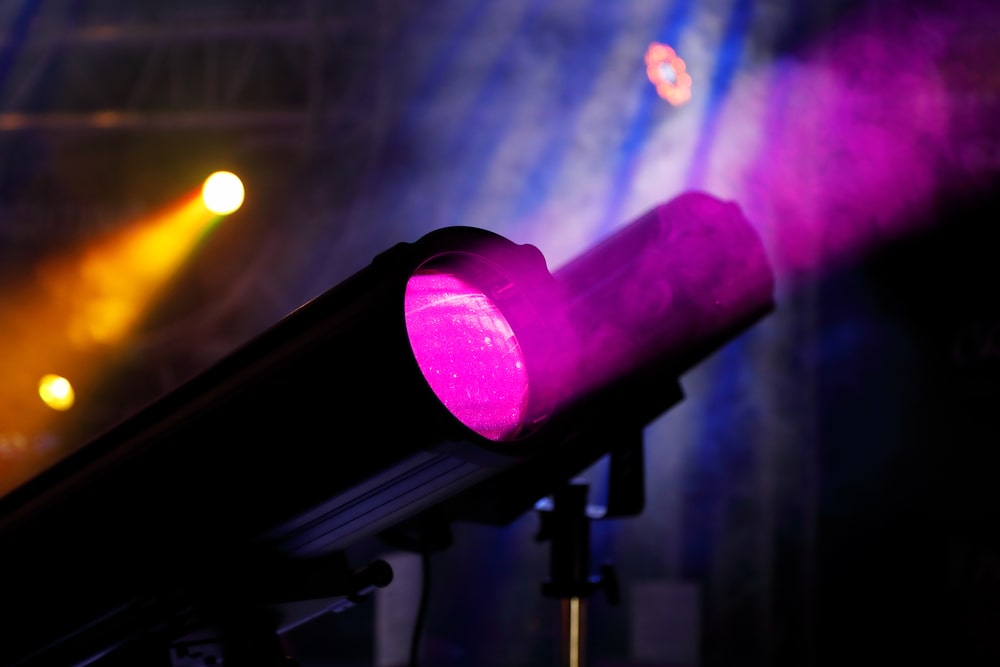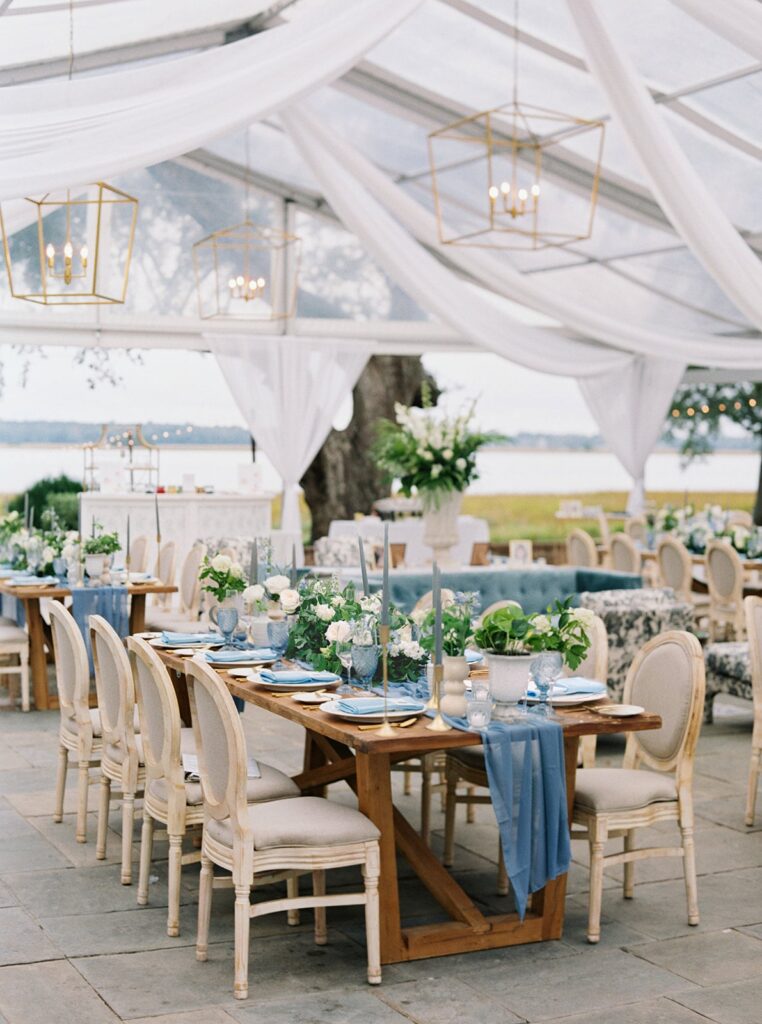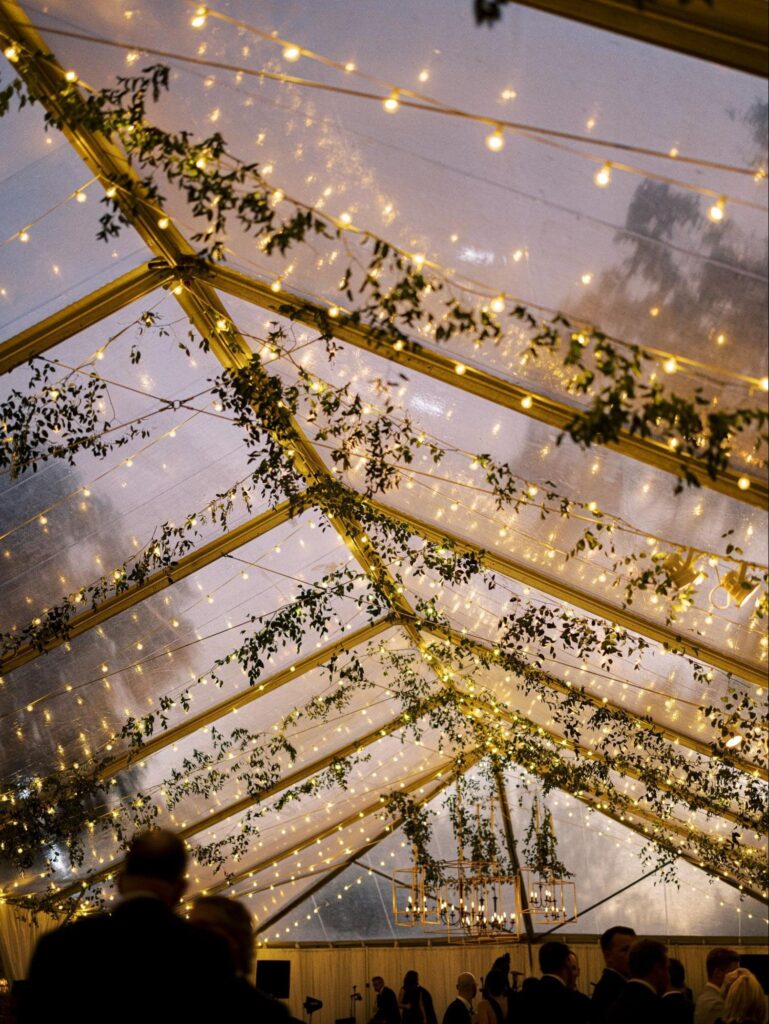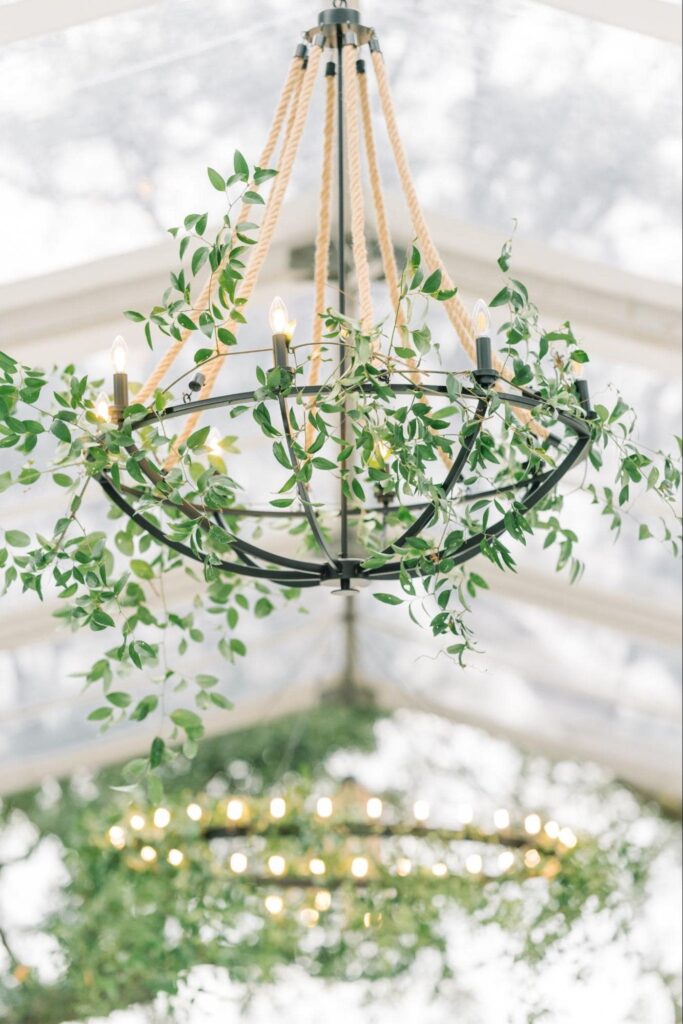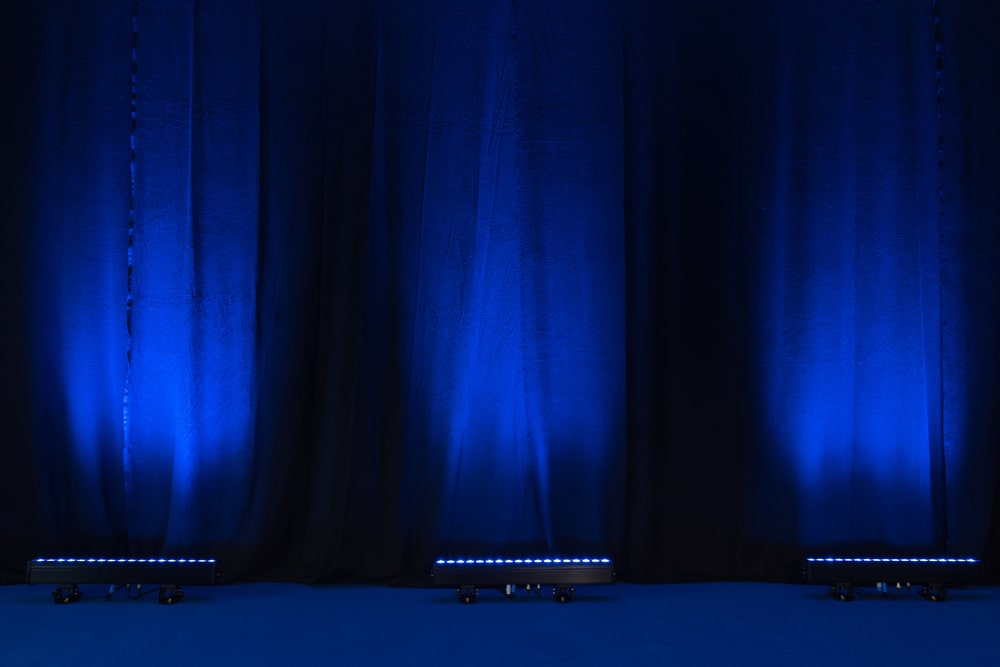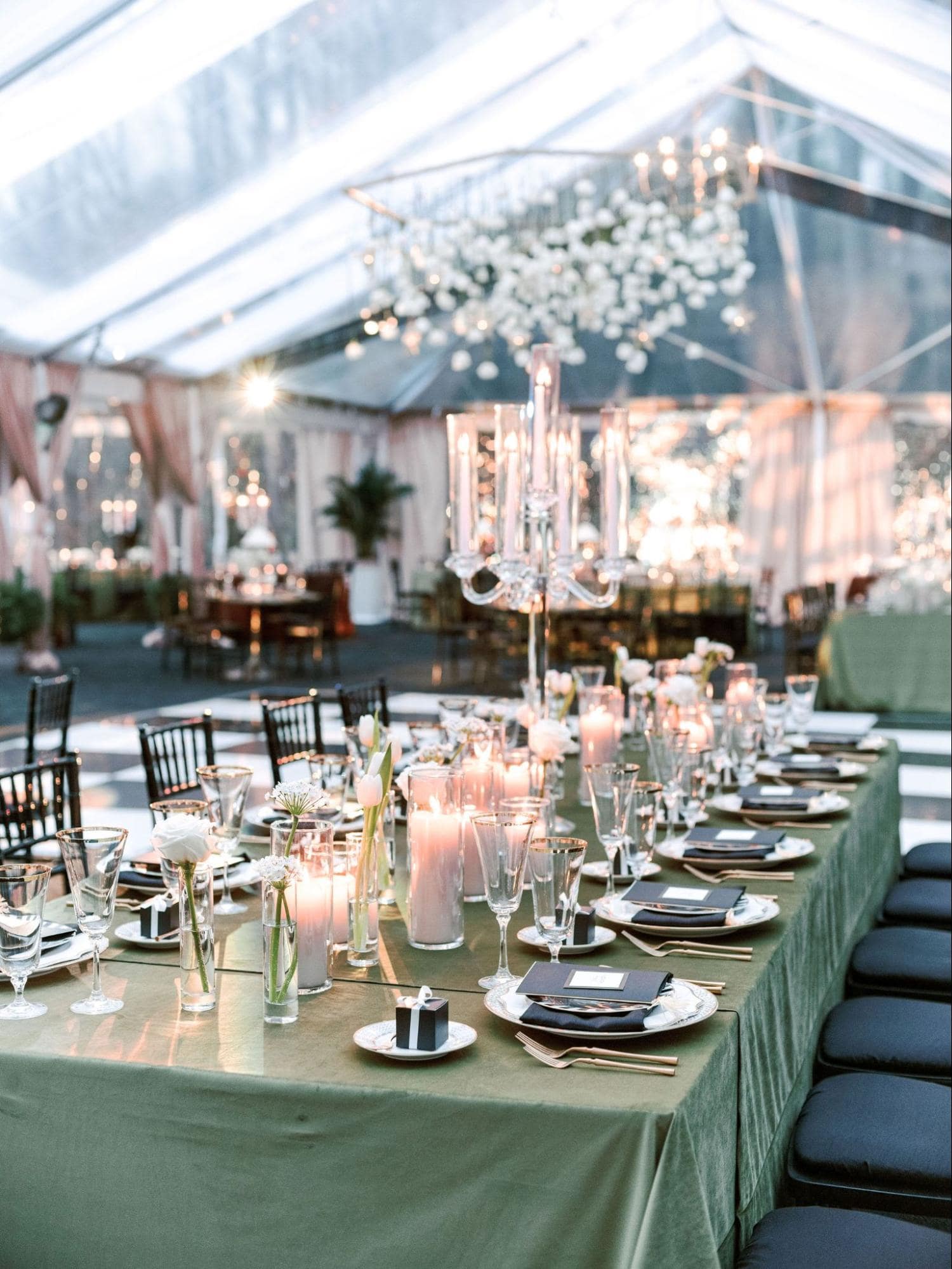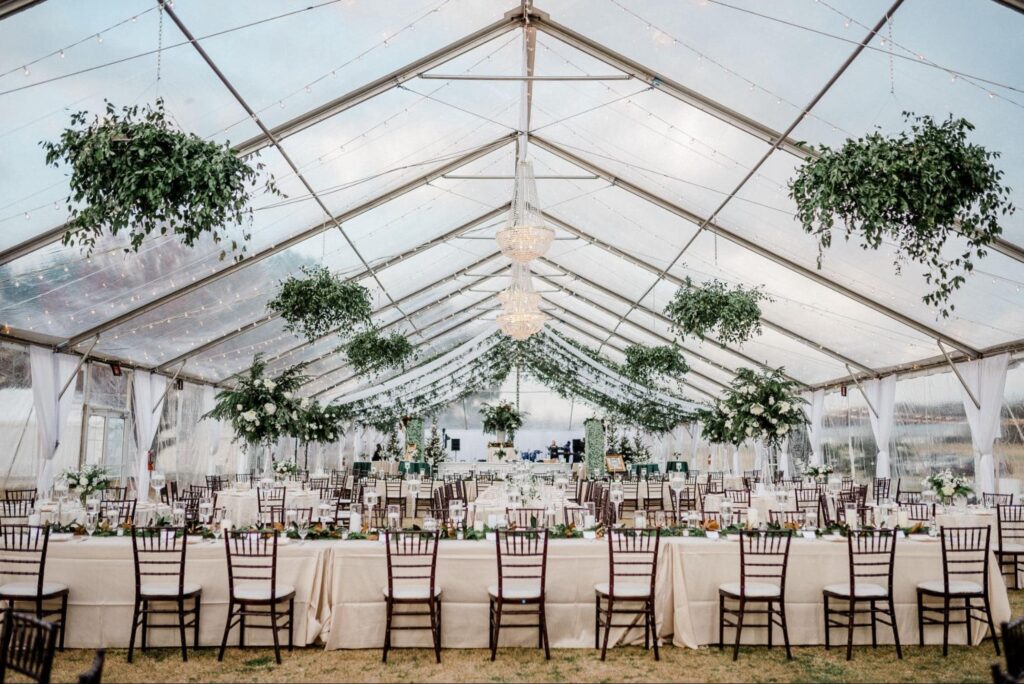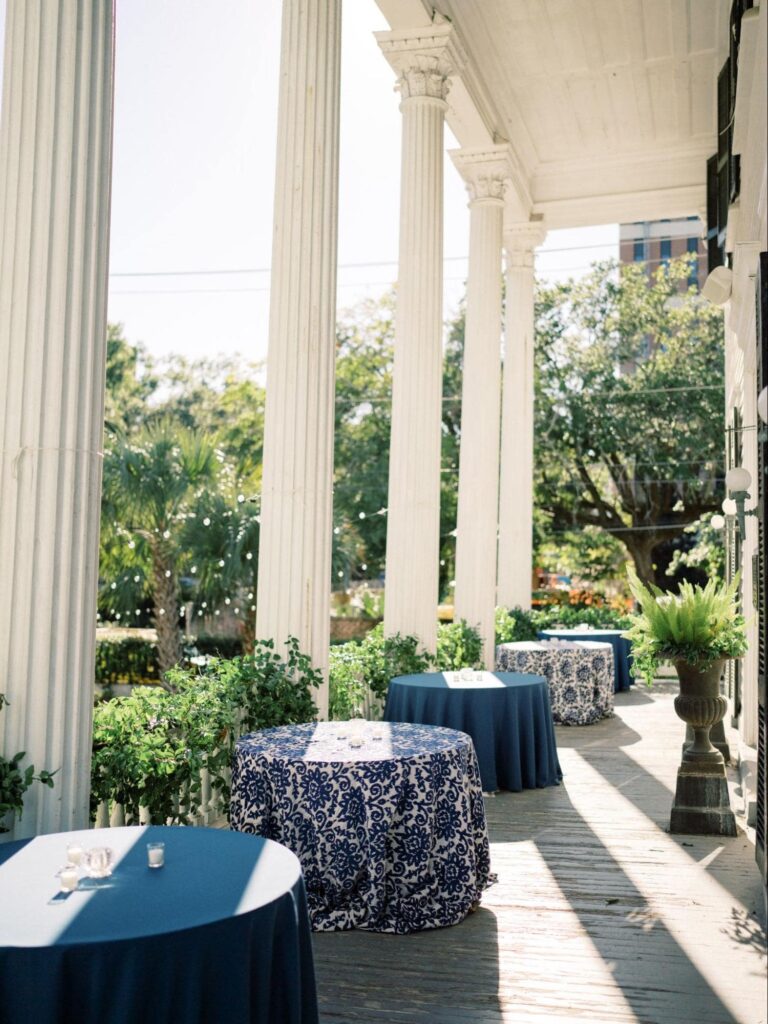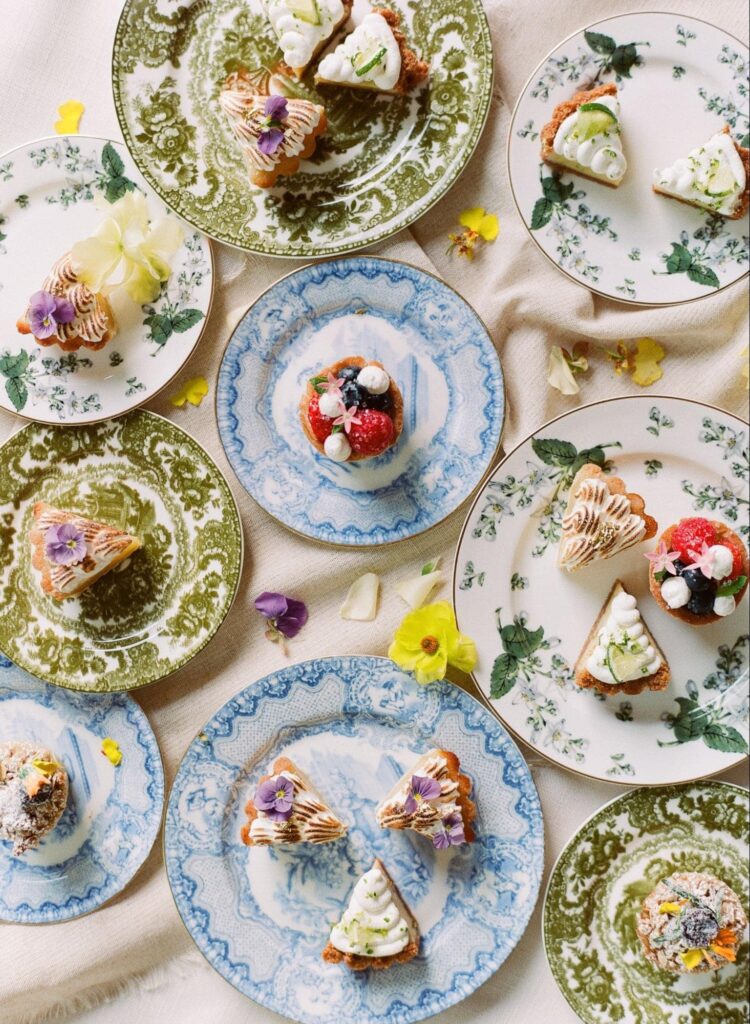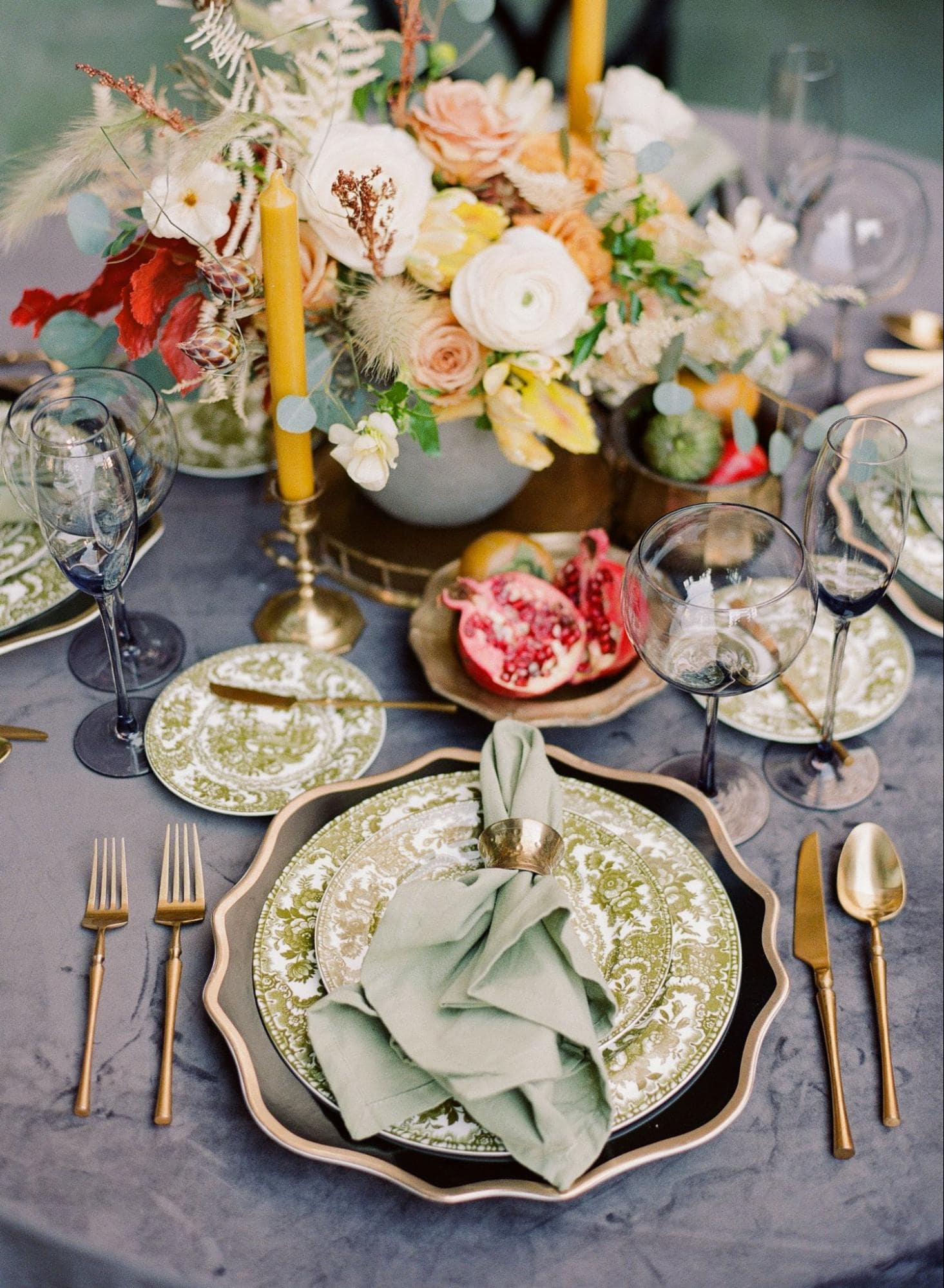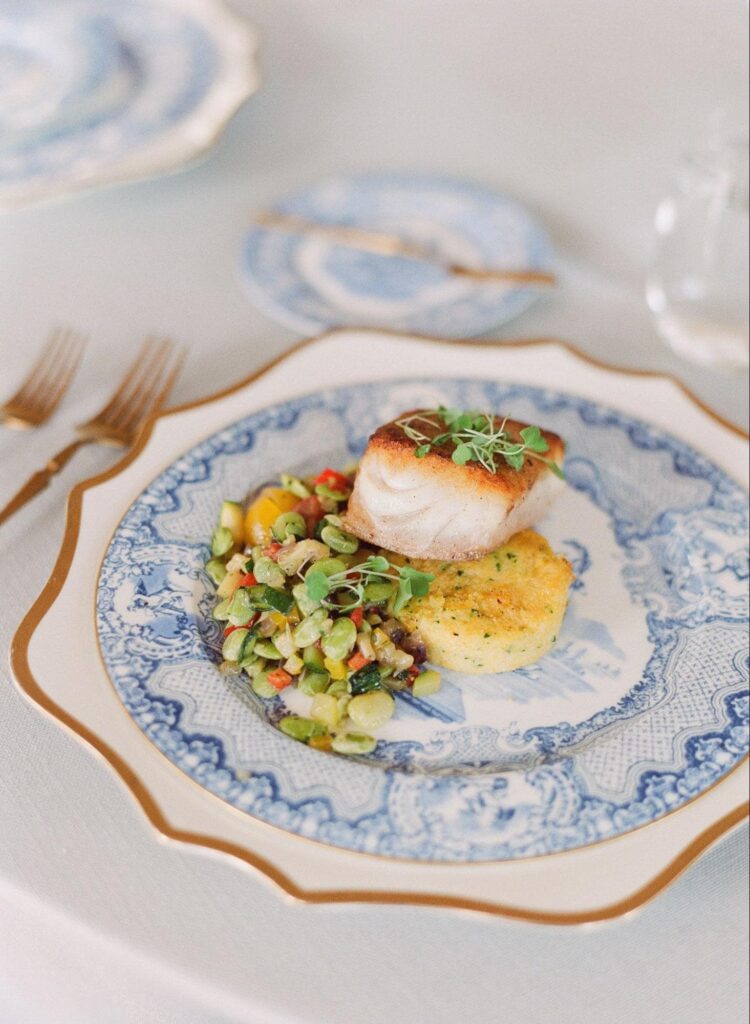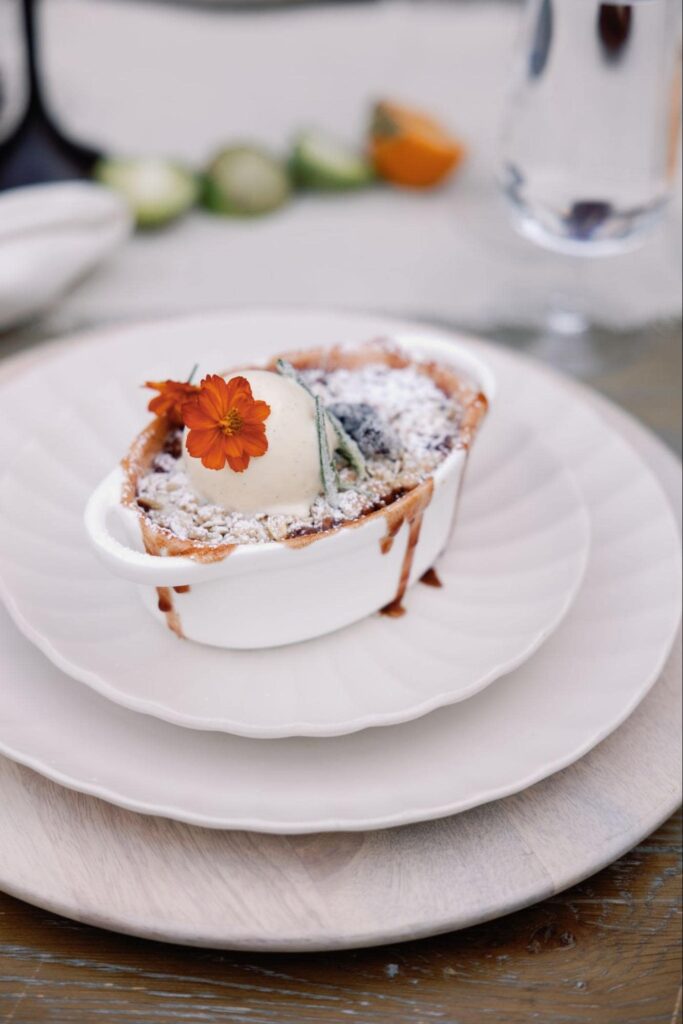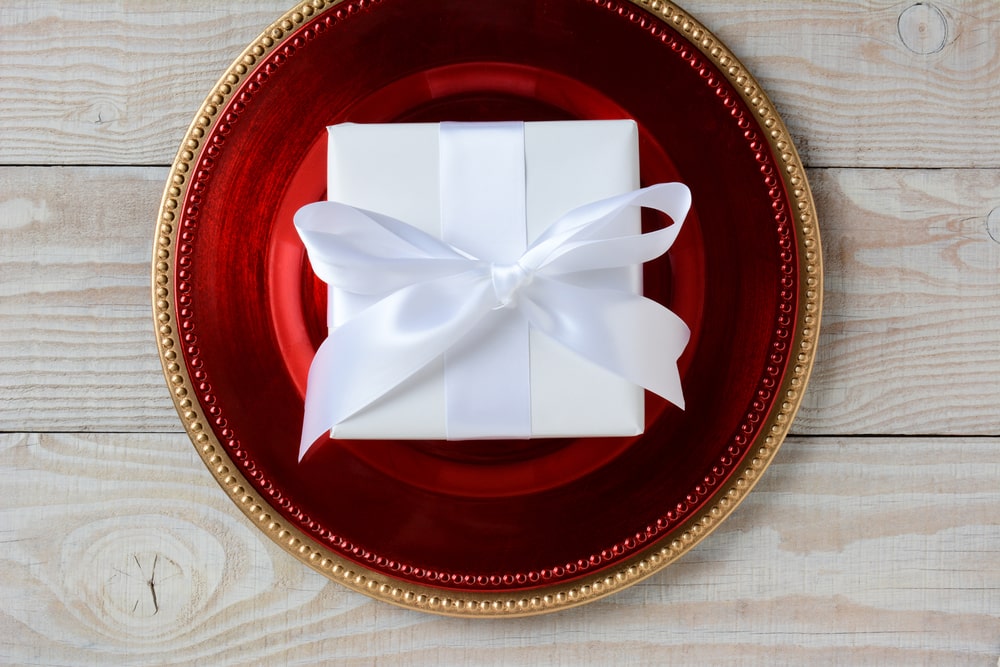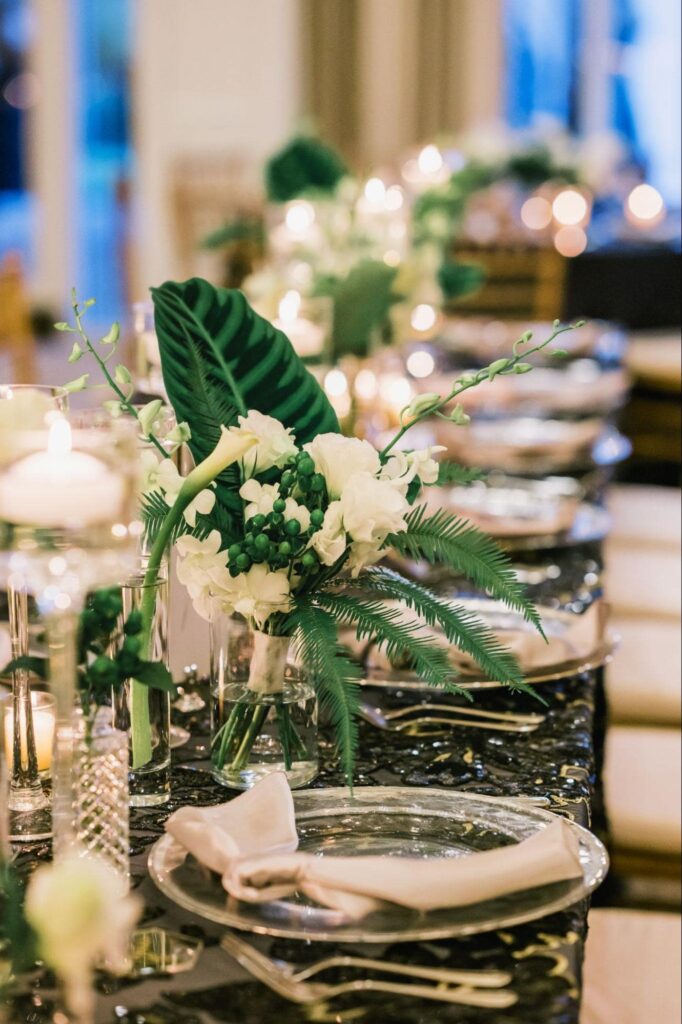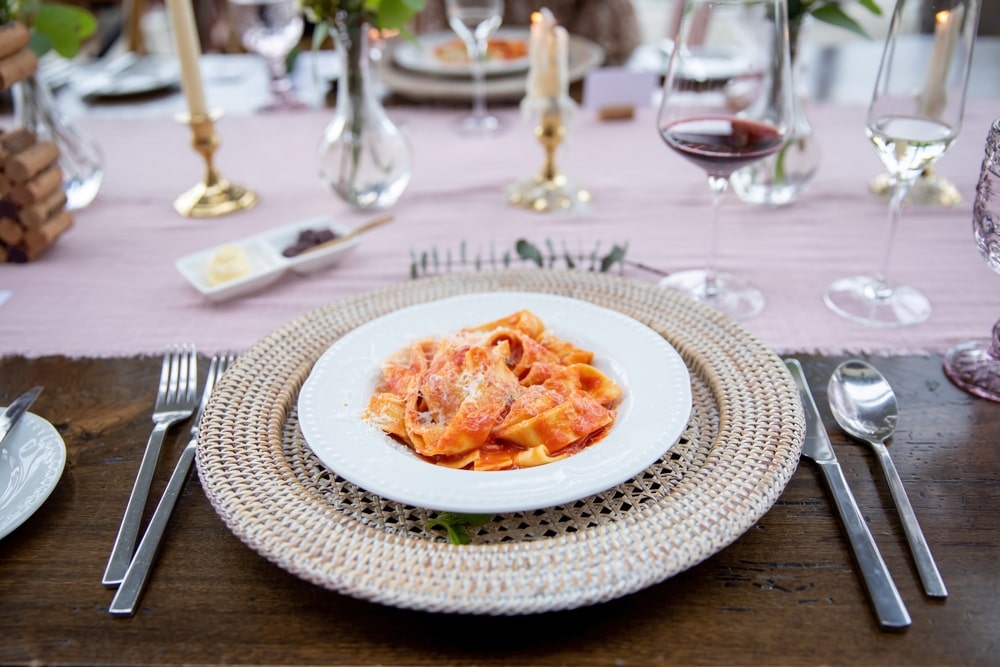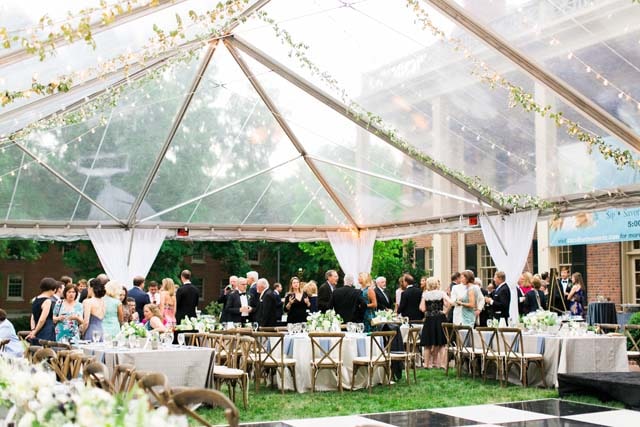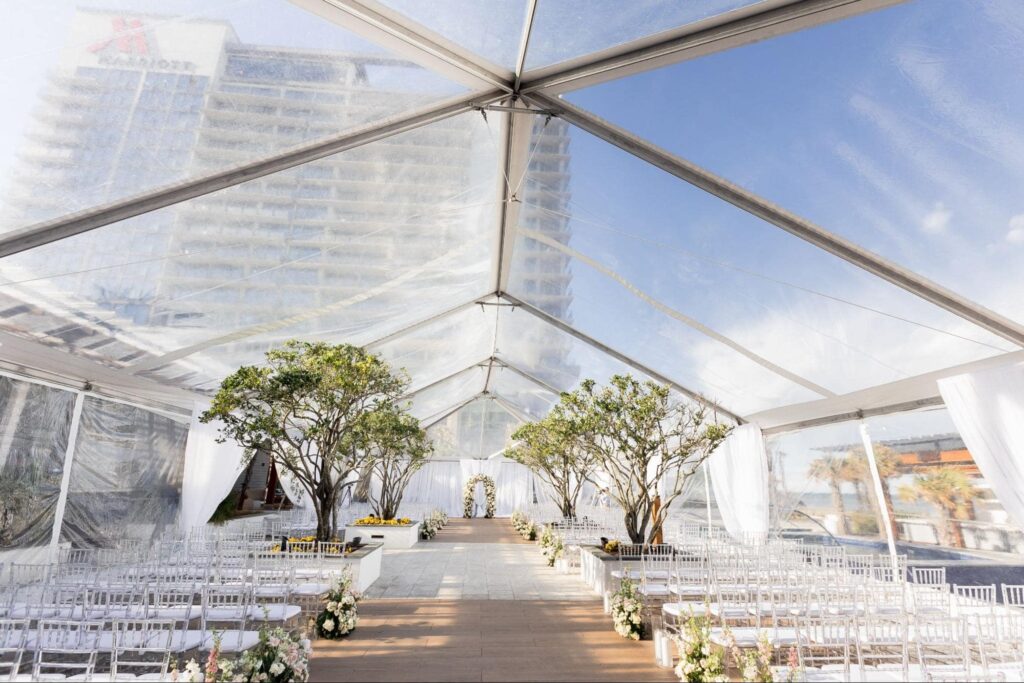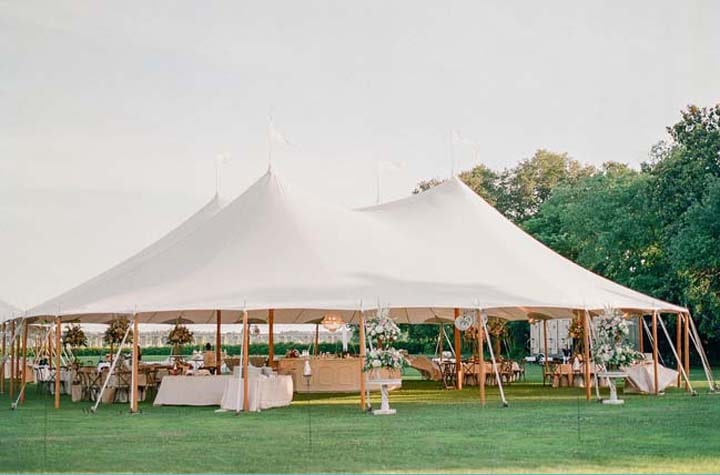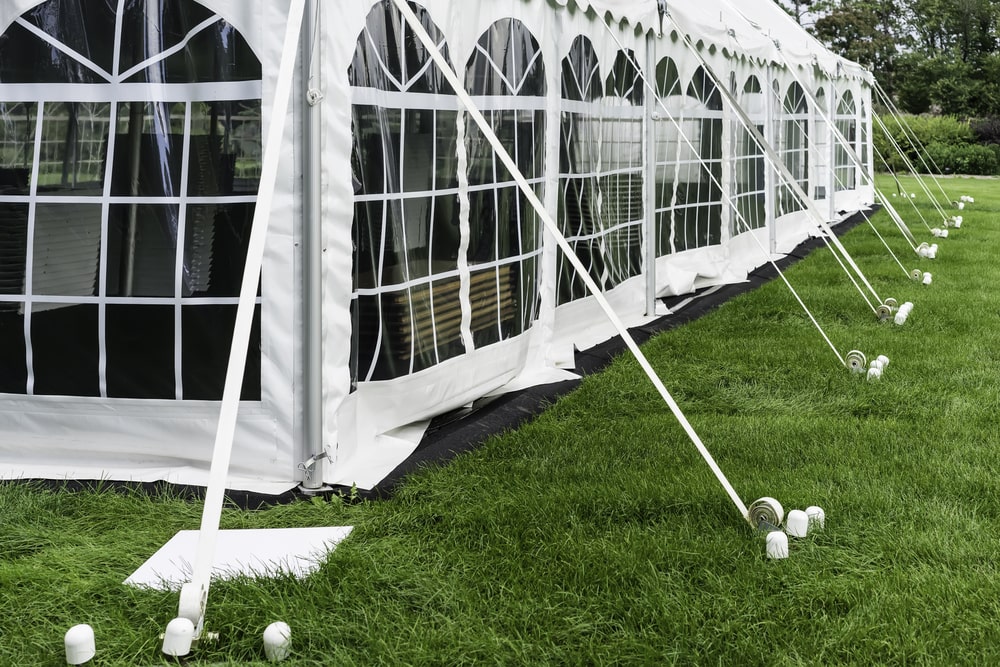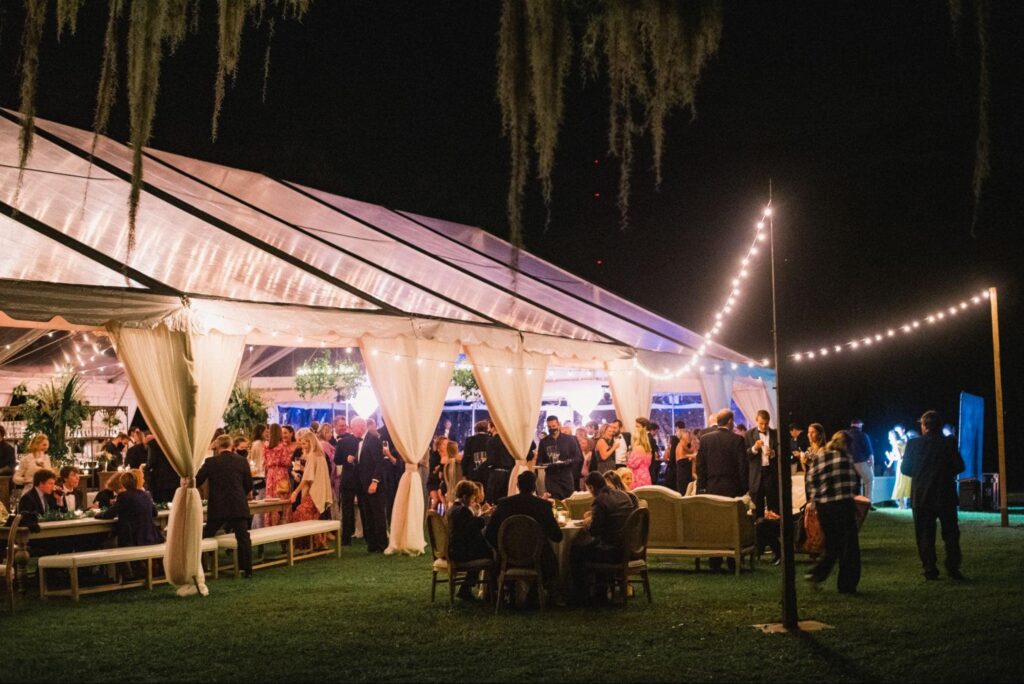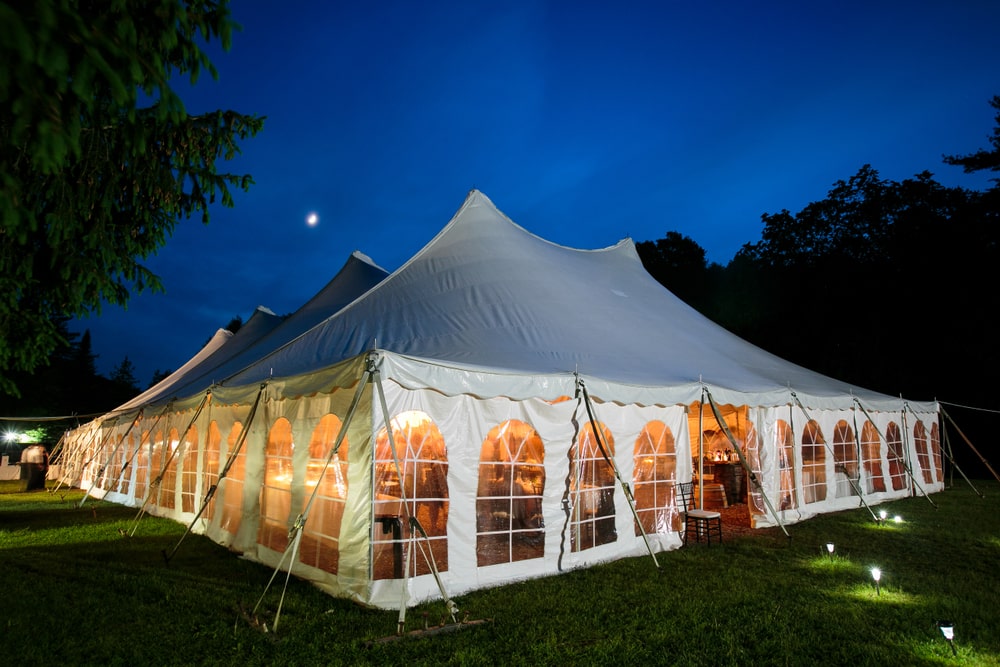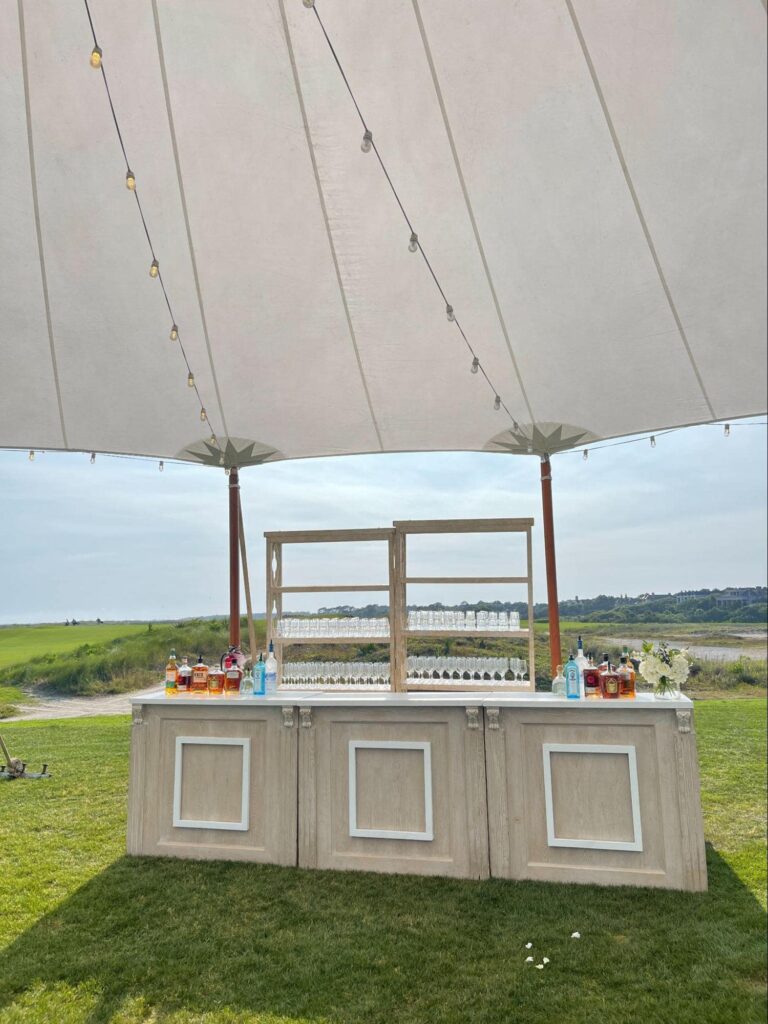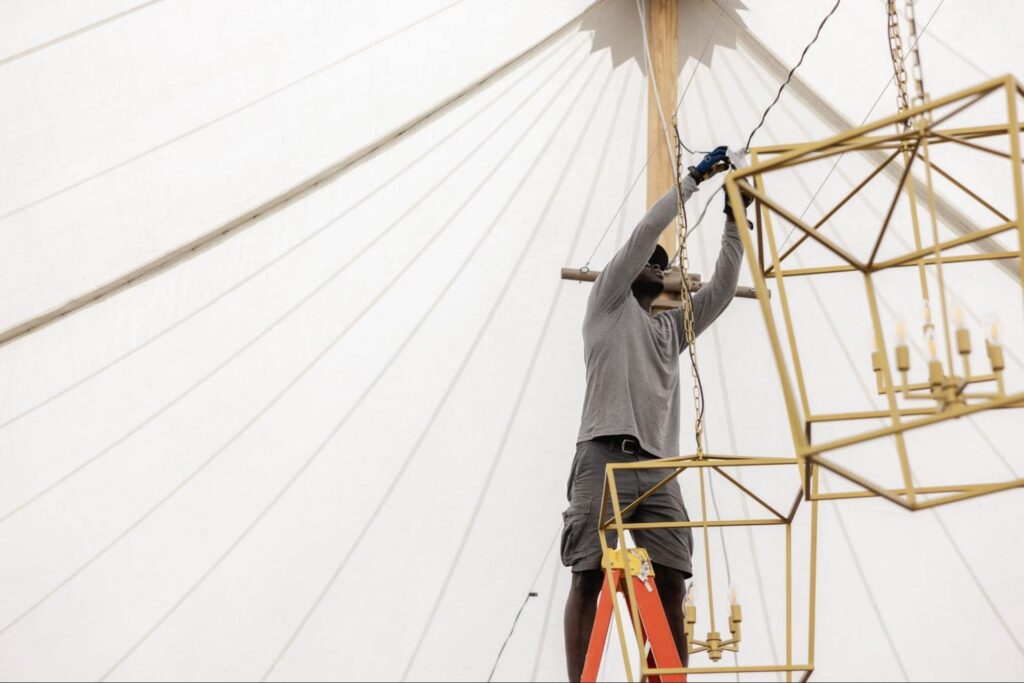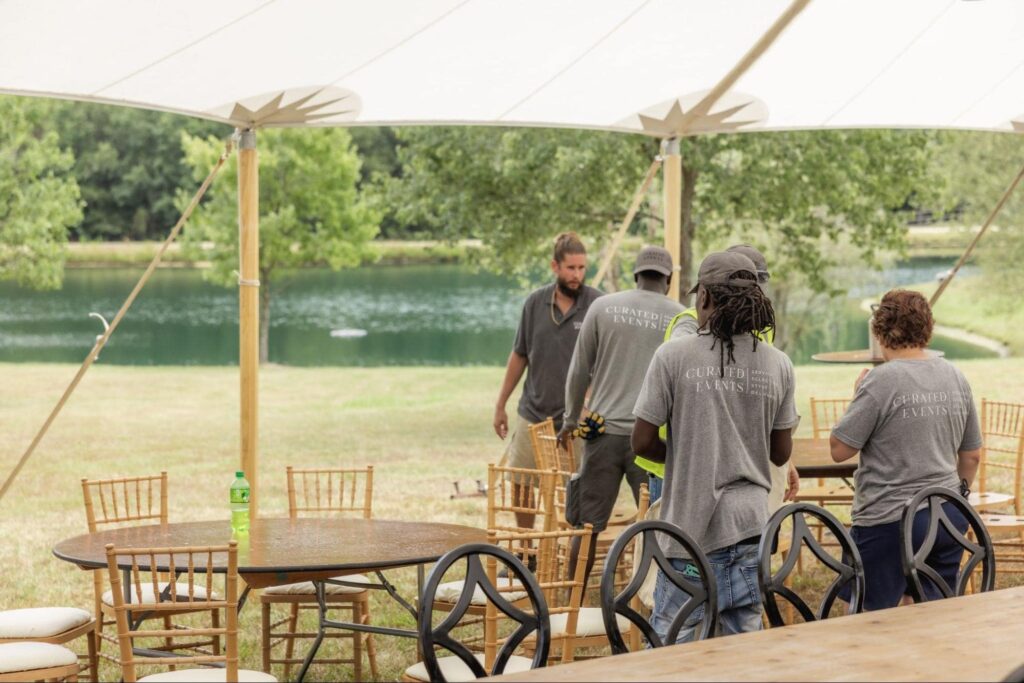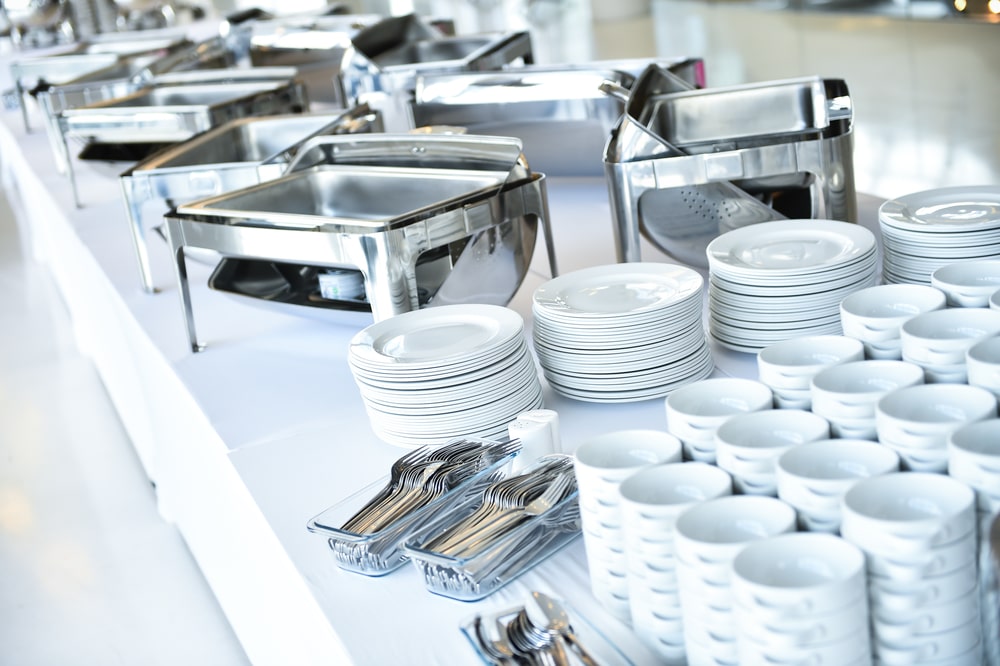
Catered events, and especially those that are outdoors, call for a few special items and pieces of equipment to help keep food warm and safe. This article will explore some of the most important and explain why they’re essential.
Catering Equipment: The Essentials
Any catered event, regardless of its nature or size, ought to have several basic pieces of food service equipment. This is especially true when it comes to buffet-style events, where guests will be served directly from a table with no dedicated server present. The following are some of the most important items that should always be included.
Chafers
Chafers are food warmers that are used in buffets and other food service establishments. They are typically made from stainless steel or brass and feature a frame that encloses the food to be heated.
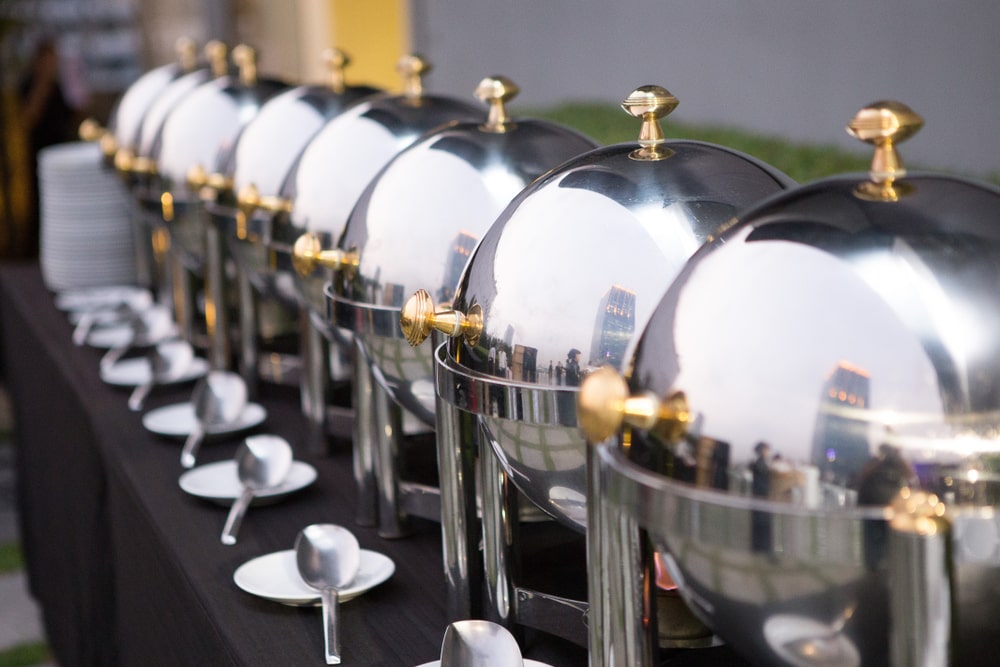
The chafers have a removable cover and come with a water pan and fuel holder. The fuel holder is used to heat the water, which then heats the food inside. Chafers are ideal for keeping foods warm and safe during outdoor dining events.
Serving Bowls
Serving bowls are a type of serving ware used for holding, heating, or displaying food items. You’ll often find these bowls used as part of a dinner set, or at buffets or catered events.
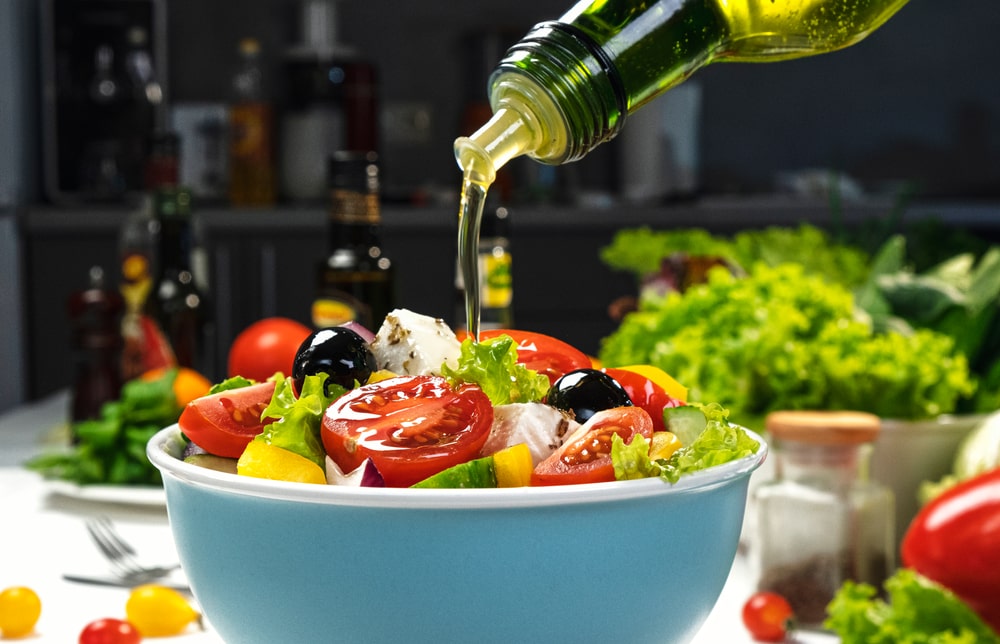
Serving bowls are typically made of ceramic, porcelain, stoneware, glass, plastic, or metal materials. They can come in a variety of sizes and shapes—from small individual bowls to larger platters or trays—and hold anything from small snacks to salads and other side dishes.
Serving Trays
Serving trays are pieces of flatware that are used to serve food and drinks. They are usually made from materials such as plastic, metal, ceramic, or wood.
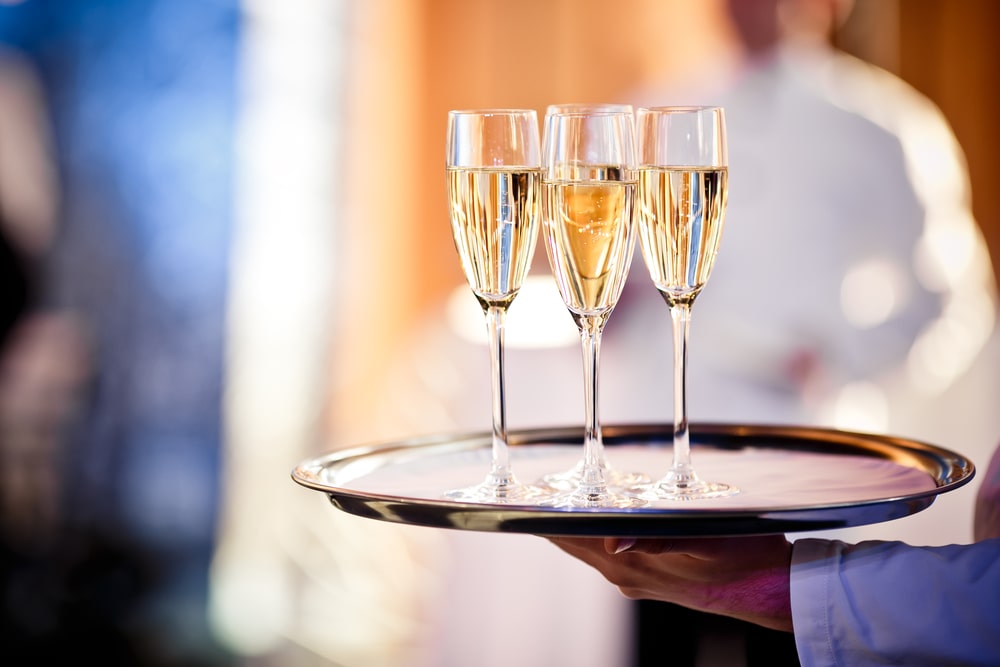
They may have a flat surface for carrying food or an indented area for holding utensils. Serving trays can also be used to serve drinks such as coffee, tea, or beer.
Serving Utensils
Serving utensils are tools that are specifically designed to portion and distribute food. They include items such as serving spoons, ladles, tongs, forks, slotted spoons, and skimmers. These tools not only make it easier to dish up a meal but also help keep food sanitary and prevent the spread of germs.
Cake Plateaus
Cake plateaus, also known as cake stands, are an essential piece of food service equipment for any buffet or catering event. They can be used to display cakes, cupcakes, muffins, and other baked goods in an attractive way.
Cake plateaus come in a variety of styles and sizes to suit any occasion. They can be simple and elegant, or intricate and ornate. They can be made from a range of materials such as glass, plastic, metal, and wood.

Other Items To Rent For An Outdoor Catered Event
Aside from the fundamentals, there are a few other items that you might want to consider when planning your outdoor catered event.
Tenting
Most outdoor catered events will require some form of shelter from the elements, such as tents or awnings. We’ve outlined the most popular types below along with the characteristics that make them special.
Clear Frame Tents – Clear frame tents offer an elegant, modern look and provide a great amount of natural light while still providing protection from the elements. They are strong and relatively easy to install.
Sailcloth Tents – Sailcloth tents are a good option if you need more headroom than a typical frame tent. They provide shade and some protection from the elements while still allowing the view to remain unobstructed and open.
Walkway Tents – Walkway tents are designed specifically for outdoor events that need more coverage than a typical frame tent. They provide an open-air space with ample room and are ideal for larger events that need to accommodate many people.
White Frame Tents – White frame tents are a popular choice for events where you need an elegant look and maximum visibility from the outside. They provide a polished, clean look and create an inviting atmosphere. They are also relatively easy to install and pack away after the event.
Tables
With catering often comes a need for tables. Tables come in a variety of sizes, materials, and colors, and can be used to display food, decorate a space or even provide seating. Consider the following popular options.
Buffet Tables
Buffet tables are specifically designed for food service. They come in a variety of sizes, shapes, and materials to meet your catering needs. They can be made from wood or metal, with features such as drop leaves for added space and trays to keep food warm.

Bar And Bistro Tables
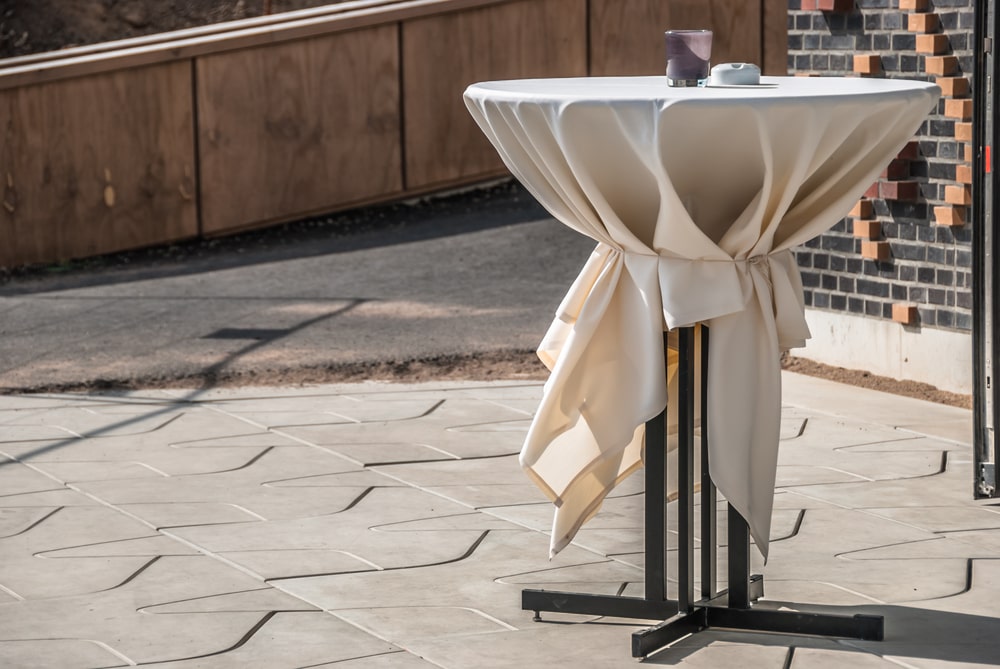
These tables offer a more relaxed and casual atmosphere for events. They’re more elevated than an average table, making it easier to stand and mingle with guests. Bar and bistro tables are ideal for smaller events or receptions where the conversation is encouraged.
Folding Tables
Folding tables are perfect for events that require space on the go. They’re lightweight and easy to set up and take down, making them a great choice for occasions where space needs to be quickly reconfigured.
Banquet Tables
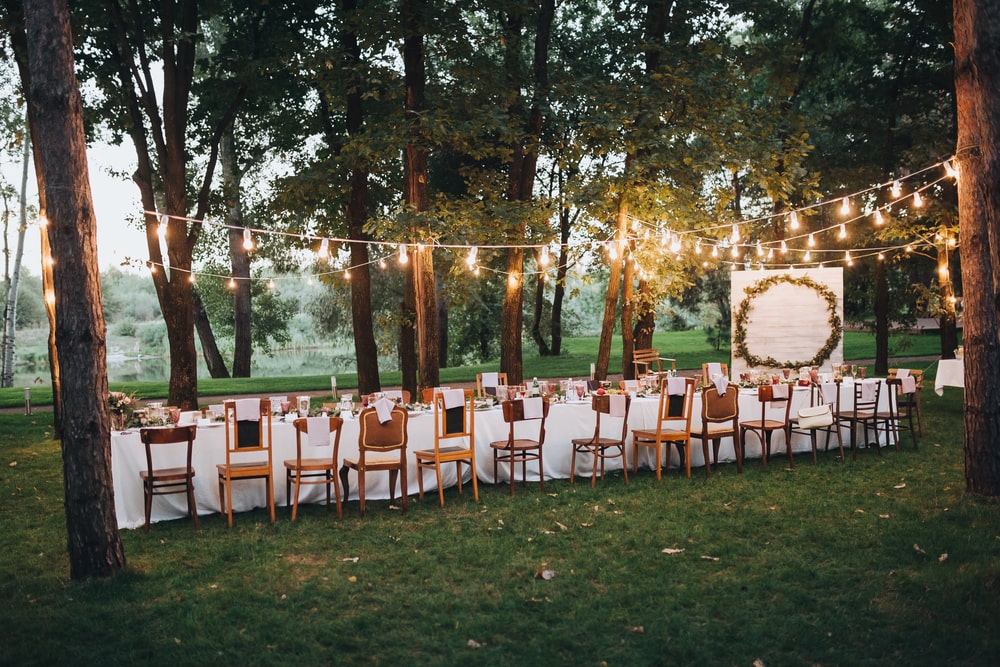
Banquet tables are usually rectangular in shape and come in a variety of sizes to meet different seating needs. They’re typically made from sturdy materials like wood or metal and are designed to support a lot of weight. Banquet tables can be used indoors or outdoors, and are great for seating larger groups of people.
Chairs
Seating is just as important as tables when it comes to catering. Chairs come in a variety of styles and materials, from folding chairs to sleek modern designs. You’ll want to make sure that the chairs are comfortable and suitable for your event, while still looking stylish and elegant. Take a look at the following varieties.
Folding Chairs

Folding chairs are some of the most versatile pieces available for an event. They’re lightweight and can be easily moved from one place to another, making them a great choice for events that are held outdoors or require quick setup and teardown. Folding chairs are also typically the most economical option, so they’re ideal for those on a tight budget.
Chiavari Chairs
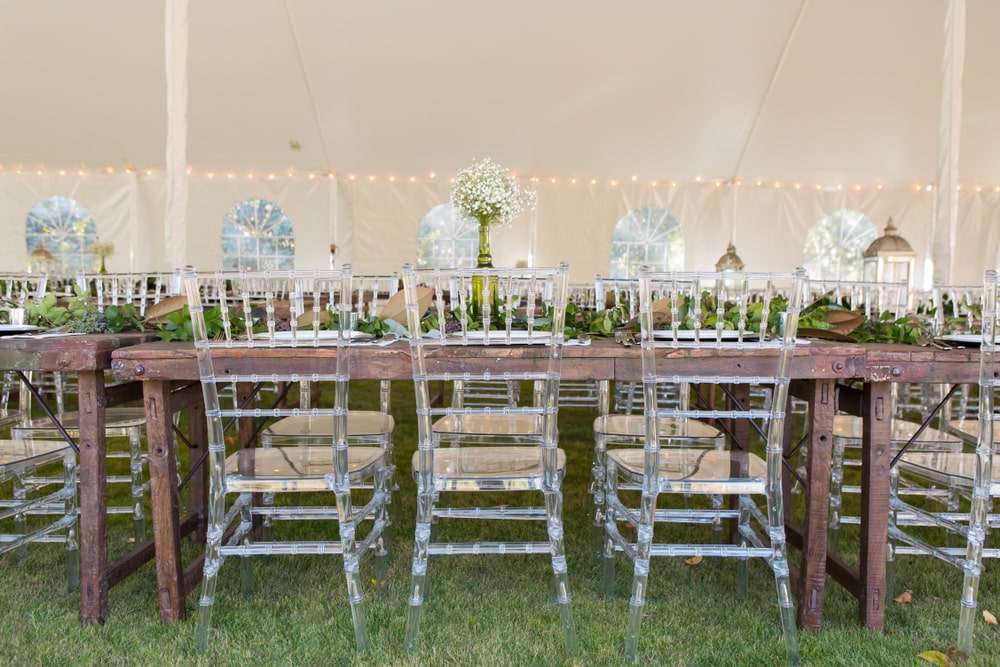
These chairs distinguish themselves with a characteristic design and elegant flair. They come in a variety of colors and finishes, allowing you to customize the look of your event’s seating. Chiavari chairs are perfect for conferences, weddings, banquets, and other formal occasions.
Barstools

Barstools provide a casual yet stylish seating option. They can be used for all kinds of occasions, from outdoor block parties and festivals to indoor meals, meetings, and conferences. With barstools, you can seat more people in the same amount of space, allowing you to maximize your event venue’s capacity.
Heating And Cooling
Climate control is a major consideration worth keeping in mind when planning any type of outdoor event. Catered occasions require additional equipment such as fans, heaters, and air conditioning units to keep guests comfortable during their time at the event. Make sure you plan ahead so that your guests won’t be put in an uncomfortable situation due to the temperature.
Common rentals for outdoor sources of heating include…
Firepits – Firepits are an attractive and effective way to keep guests warm. They also add a cozy atmosphere to any outdoor space.
Fans – Fans help to circulate the air, keeping guests comfortable and cool in even the hottest weather conditions.
Heaters And Blowers – Heaters and blowers are highly efficient ways to keep the temperature controlled, especially in large open areas.
Catered events are special occasions, and the pieces of equipment that you choose for them are an important part of the overall experience. Tables, chairs, and climate control solutions all play a role in creating a comfortable atmosphere for your guests, so it’s important to select the right pieces from a reliable supplier. With careful planning and the right equipment, you can create a memorable event that your guests will remember for years to come.
FAQs
How Should I Choose Tables And Chairs For My Event?
When selecting tables and chairs for your event, you’ll want to consider the size and shape of the room, the number of guests that need to be seated, and any special requirements. For example, if you’re serving food, you’ll need larger tables than if you were simply having drinks. Make sure to measure the space and compare it with the size of the tables and chairs you’re considering.
How Many Fans Should I Rent For An Outdoor Event?
The number of fans you’ll need for an outdoor event depends on the size of the area and how many people are attending. Generally speaking, you’ll want at least one fan for every 100 square feet of space. If it’s a particularly hot day, you may want to rent additional fans to ensure that your guests remain comfortable.
